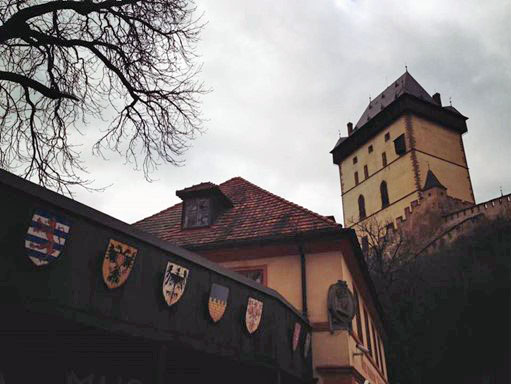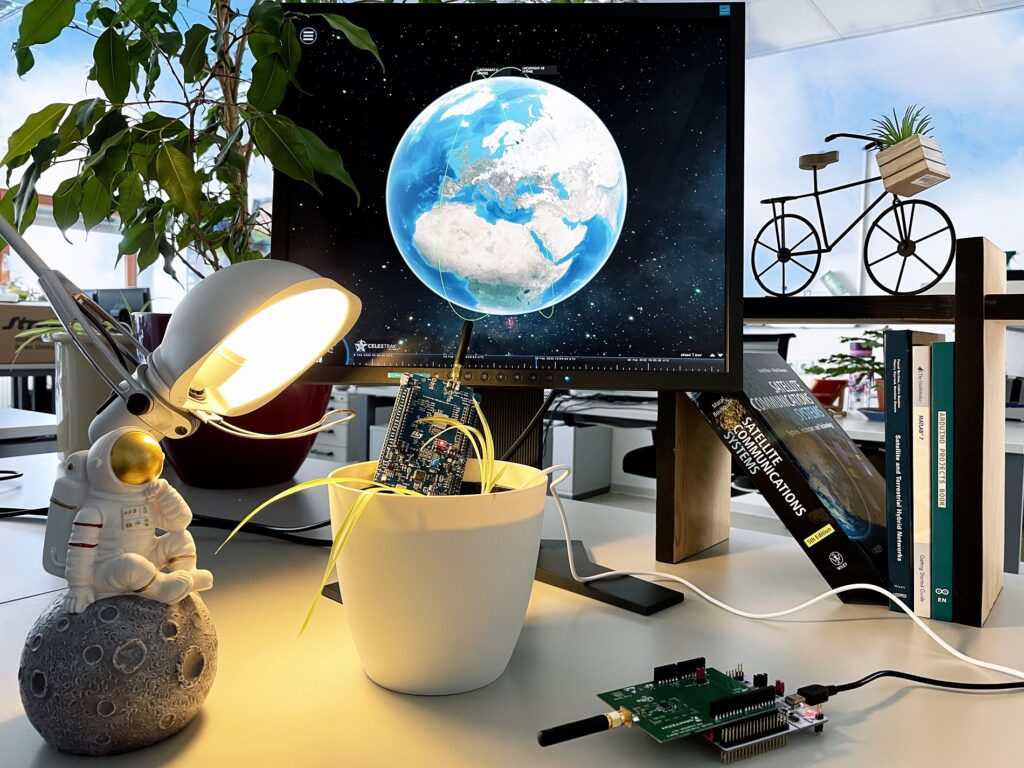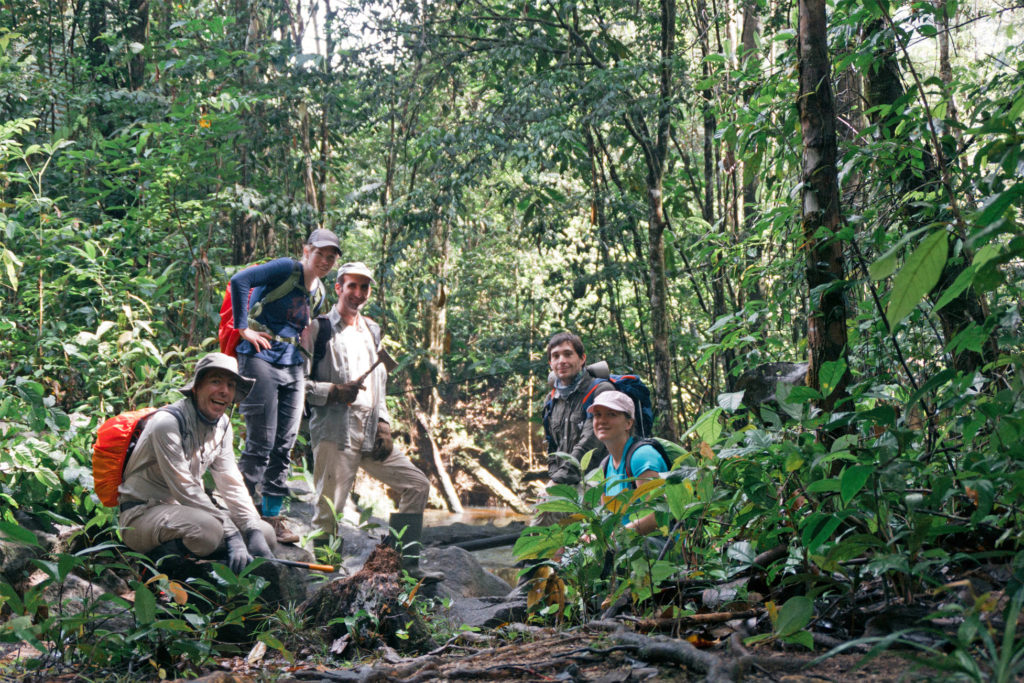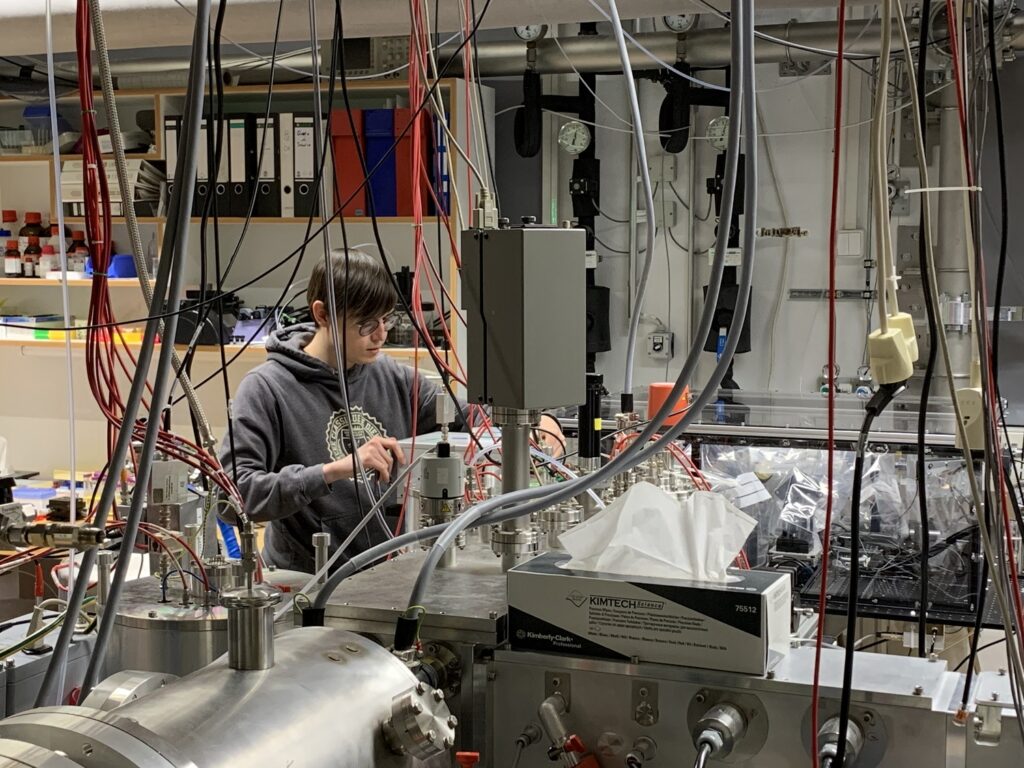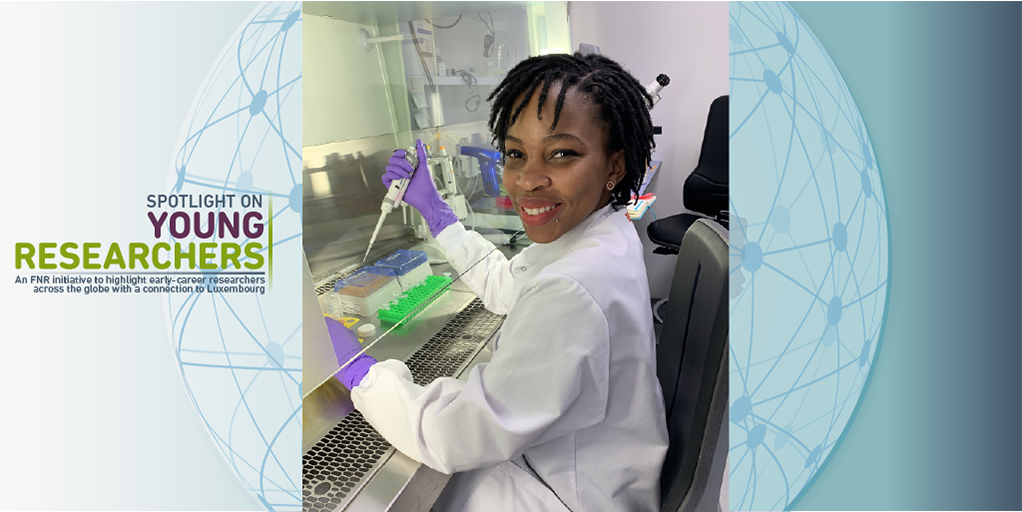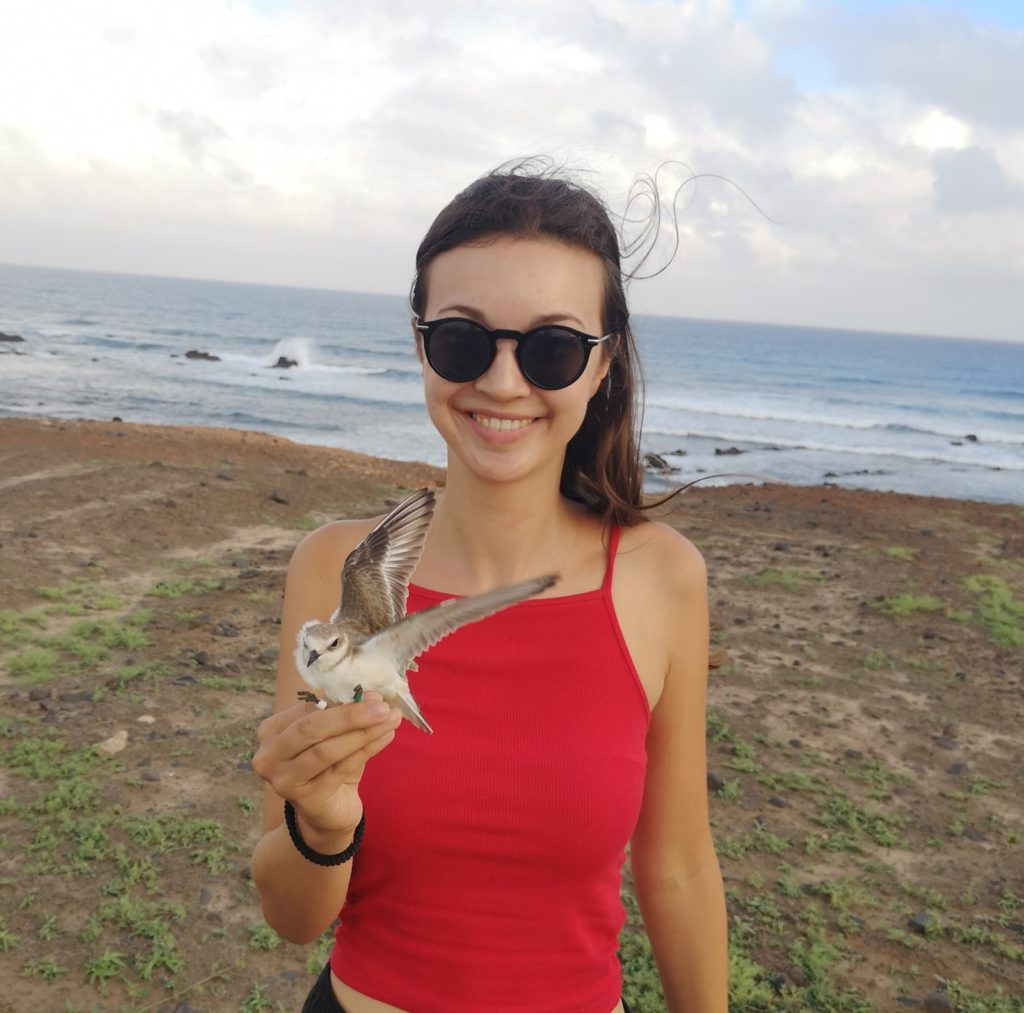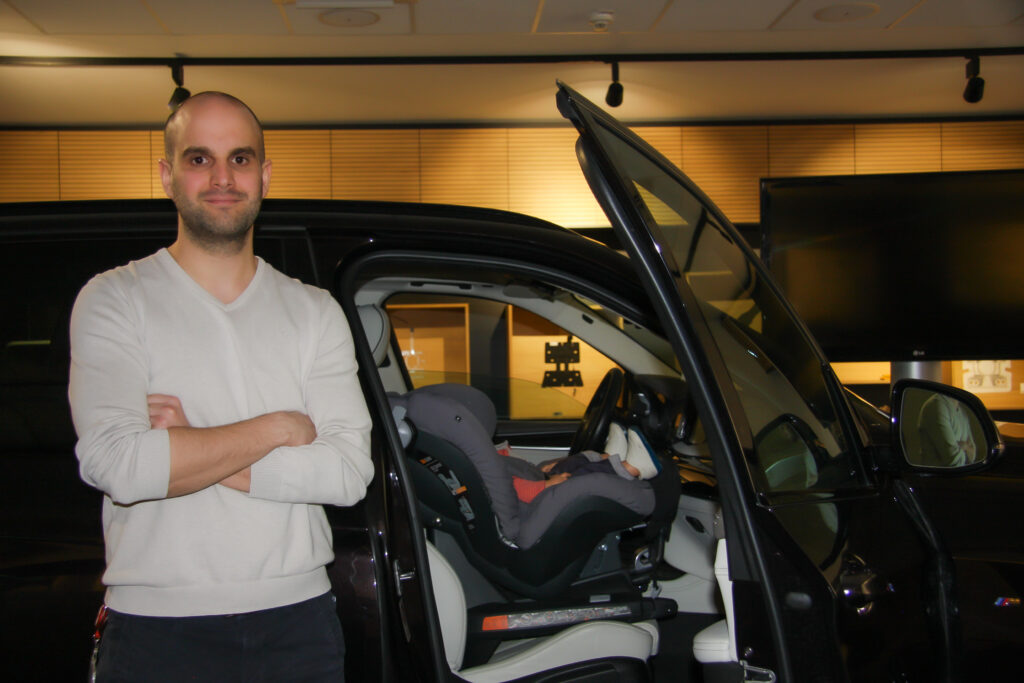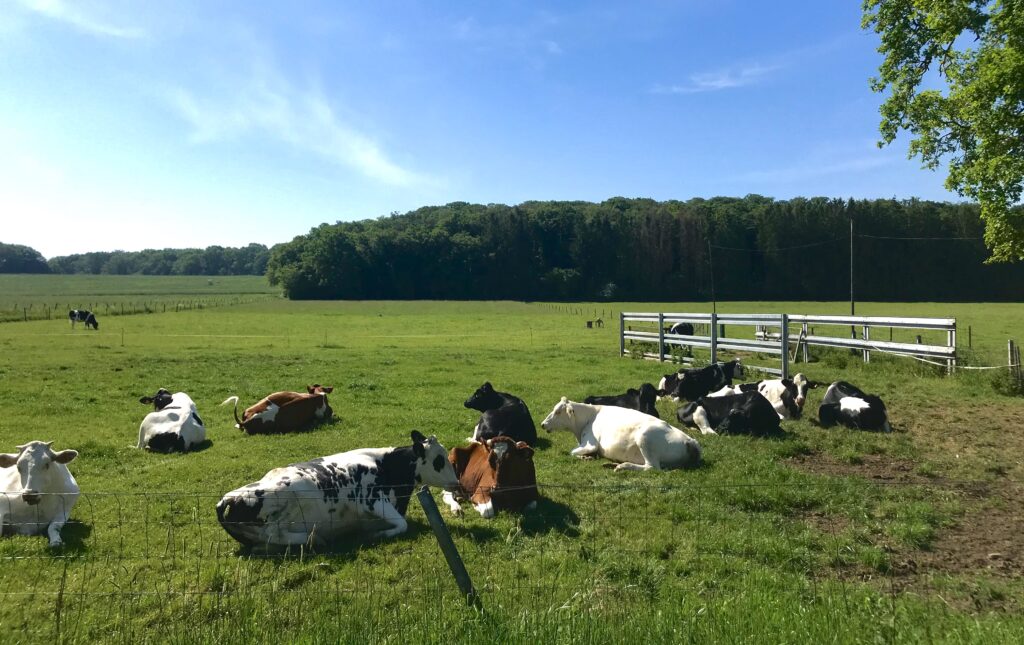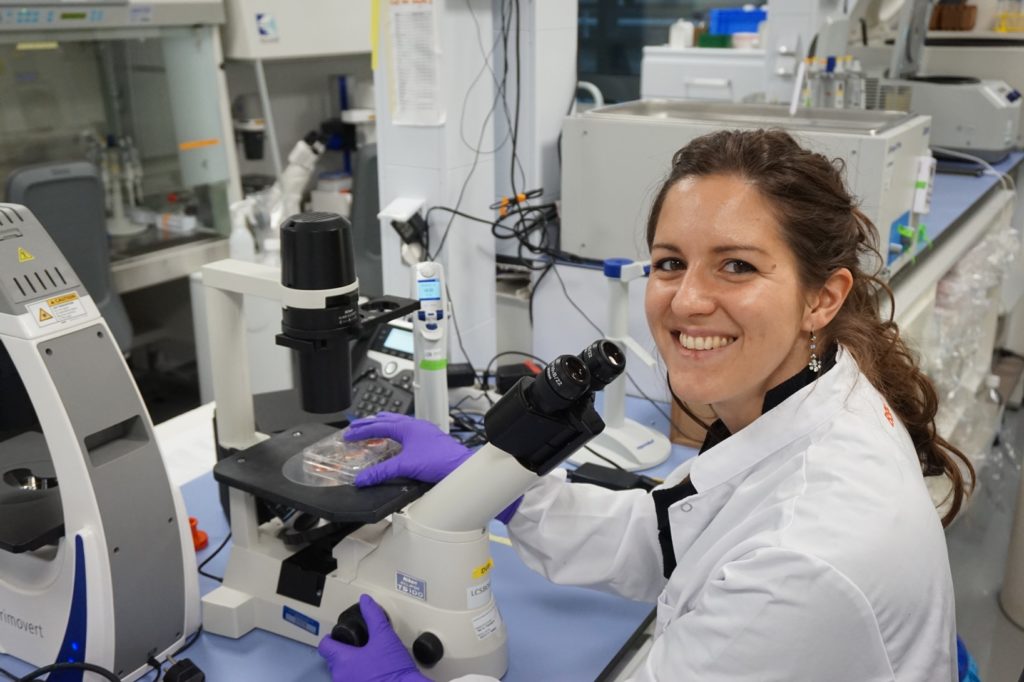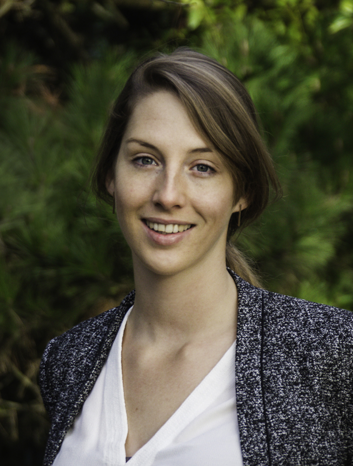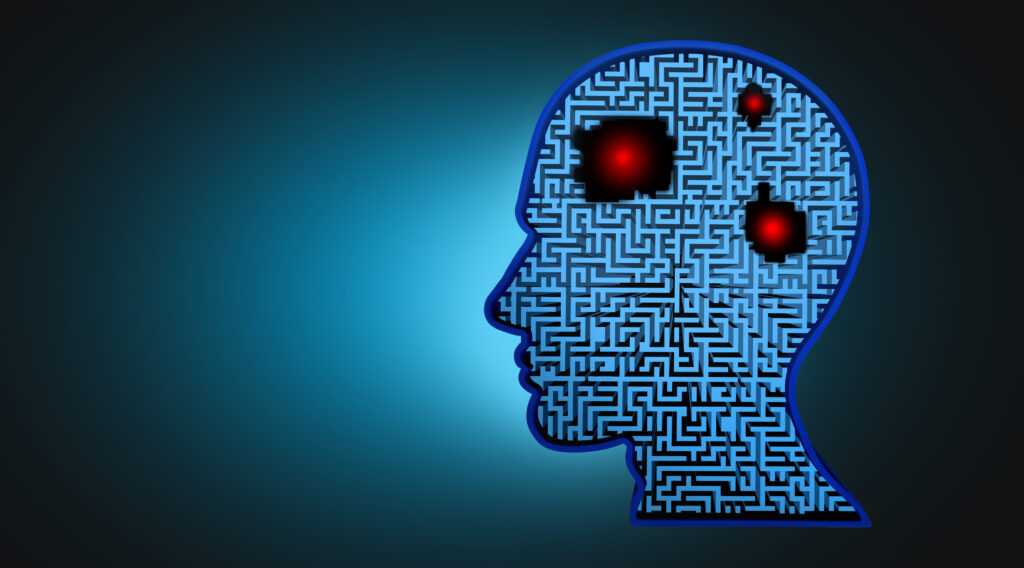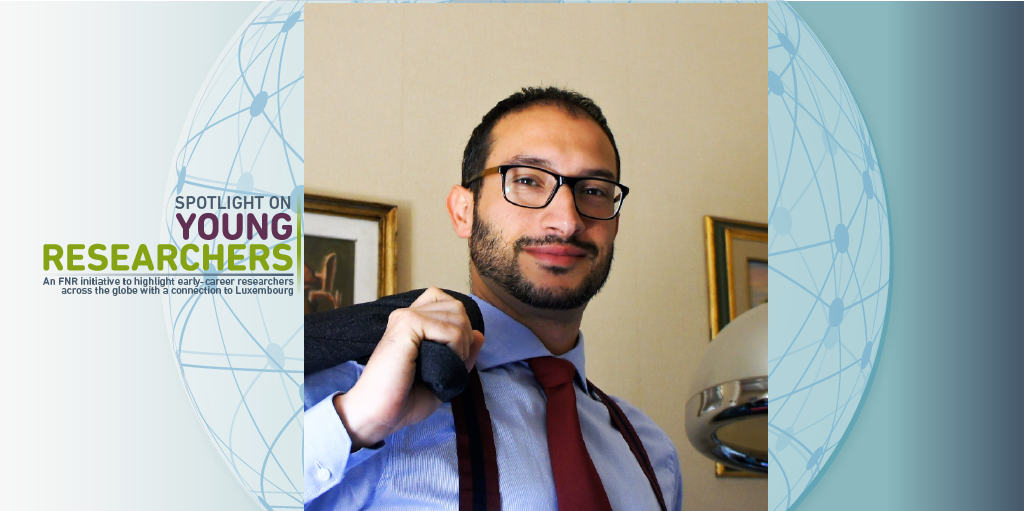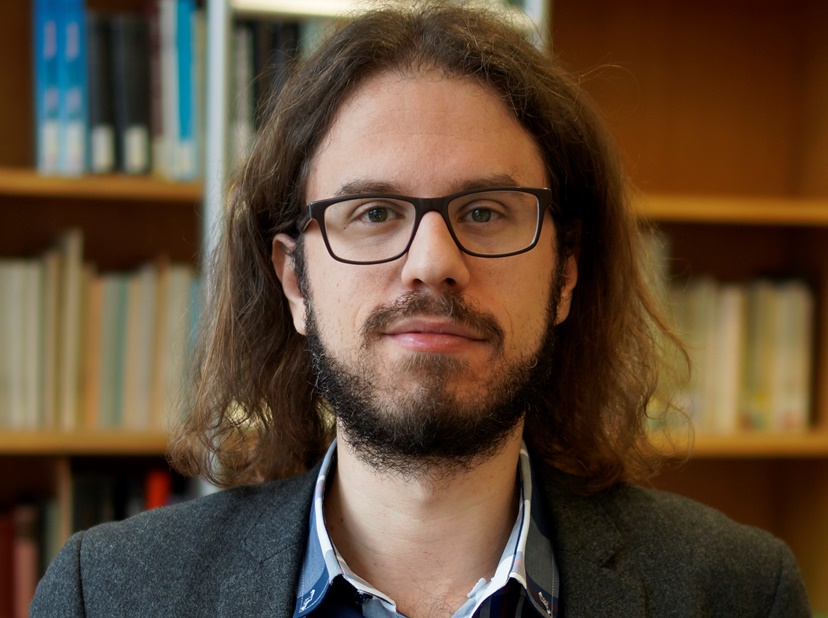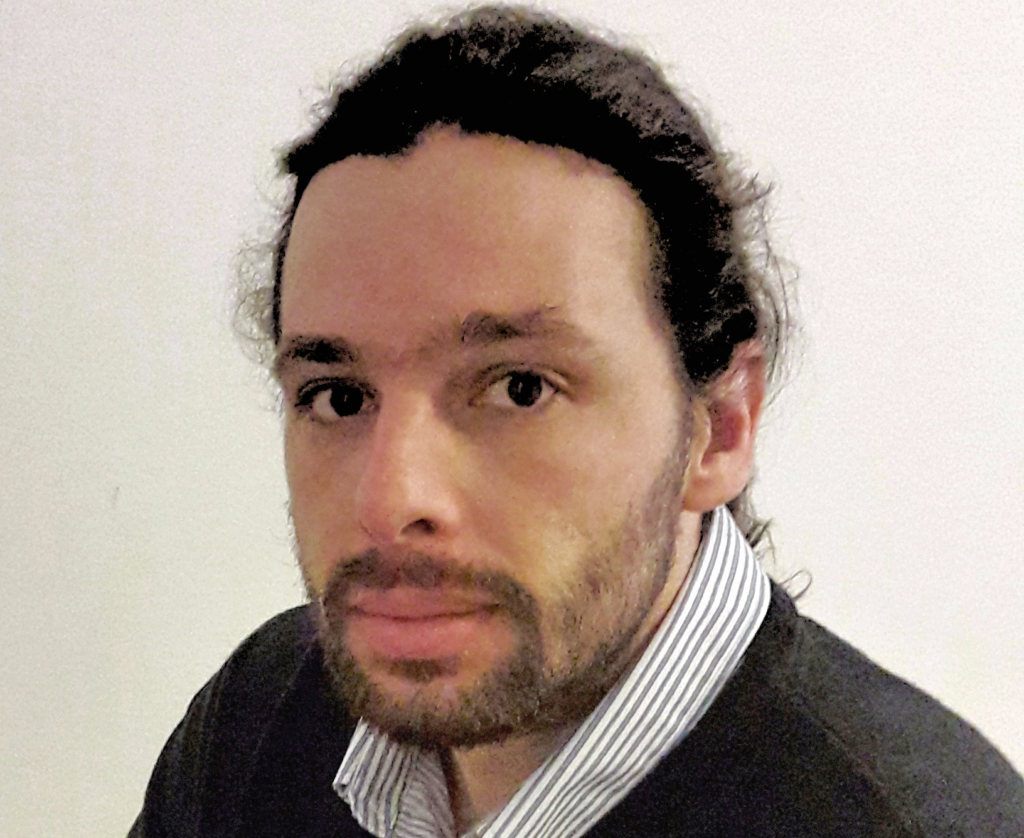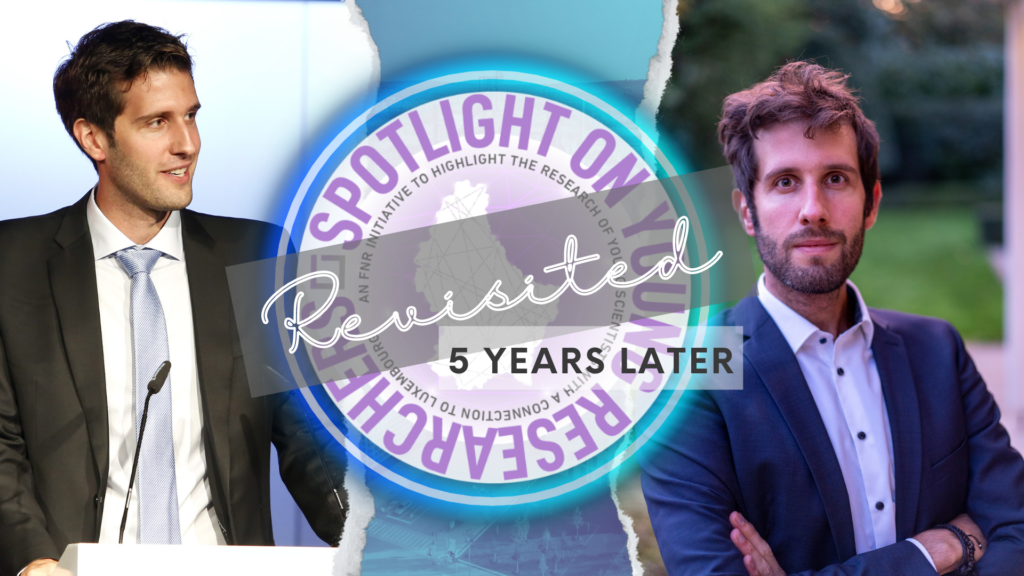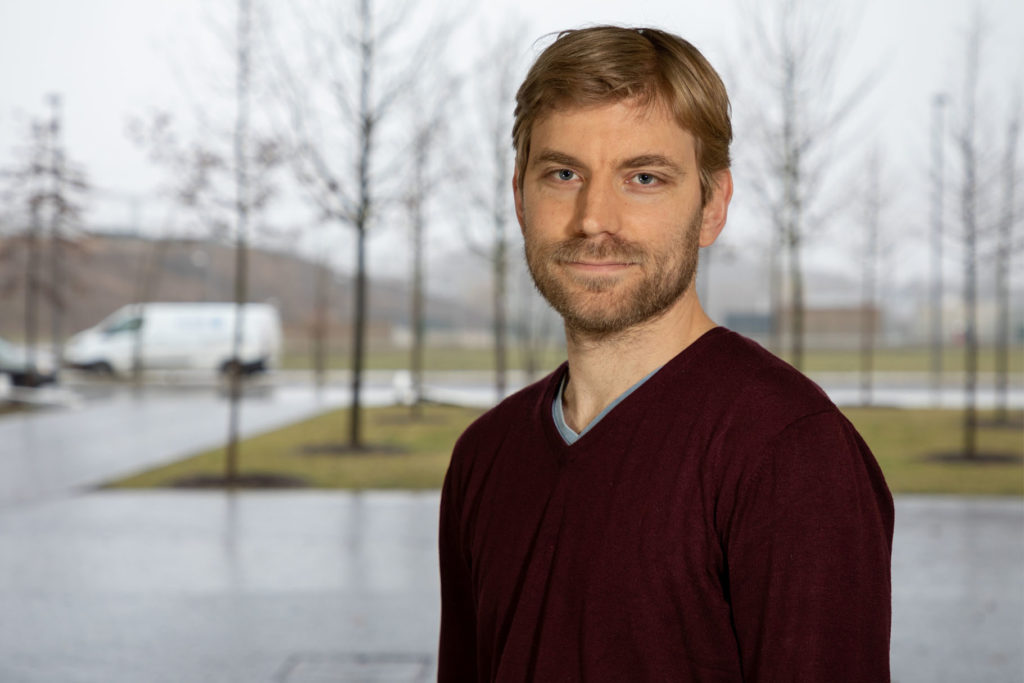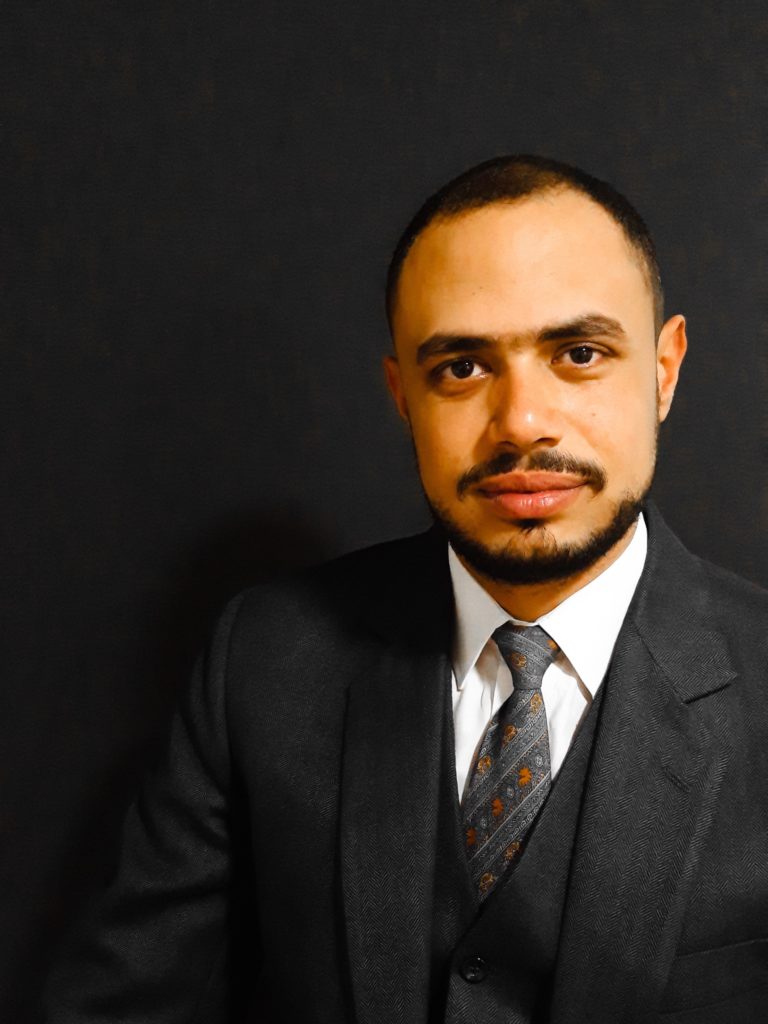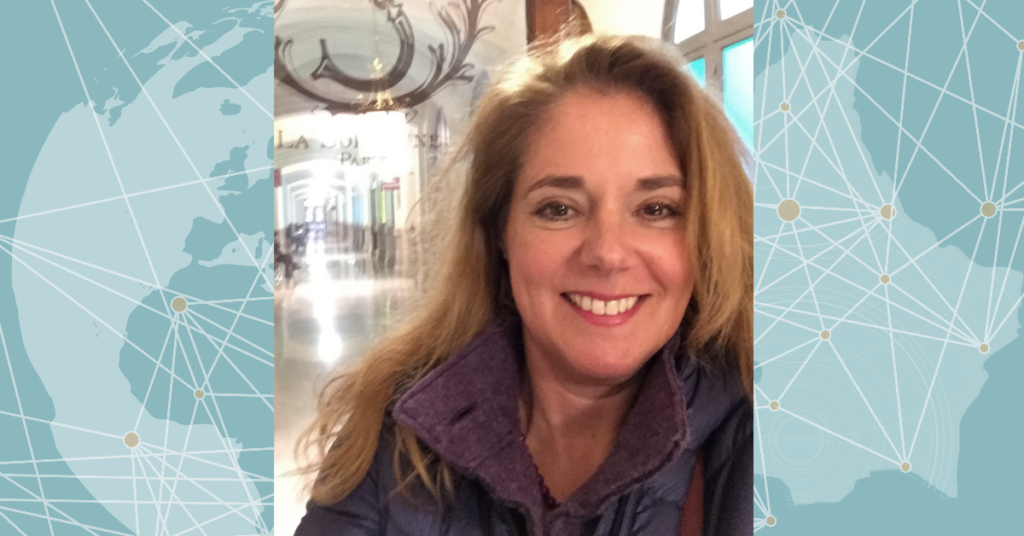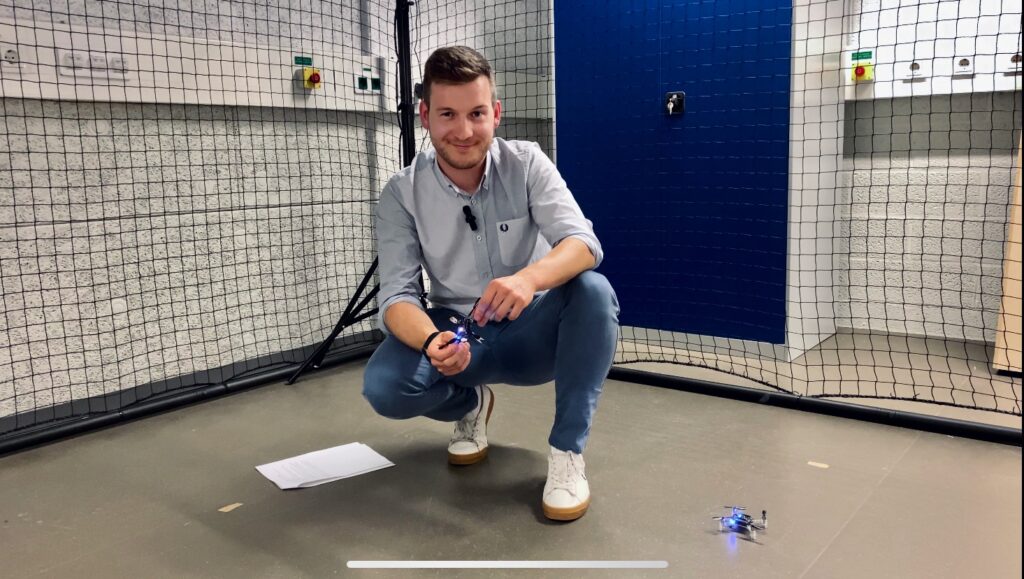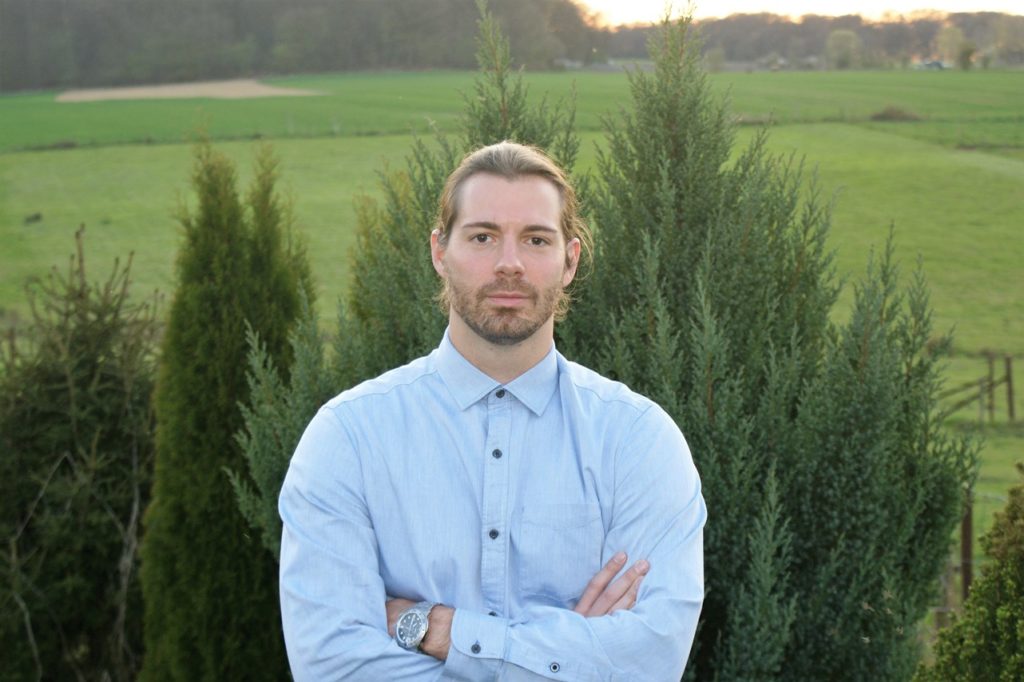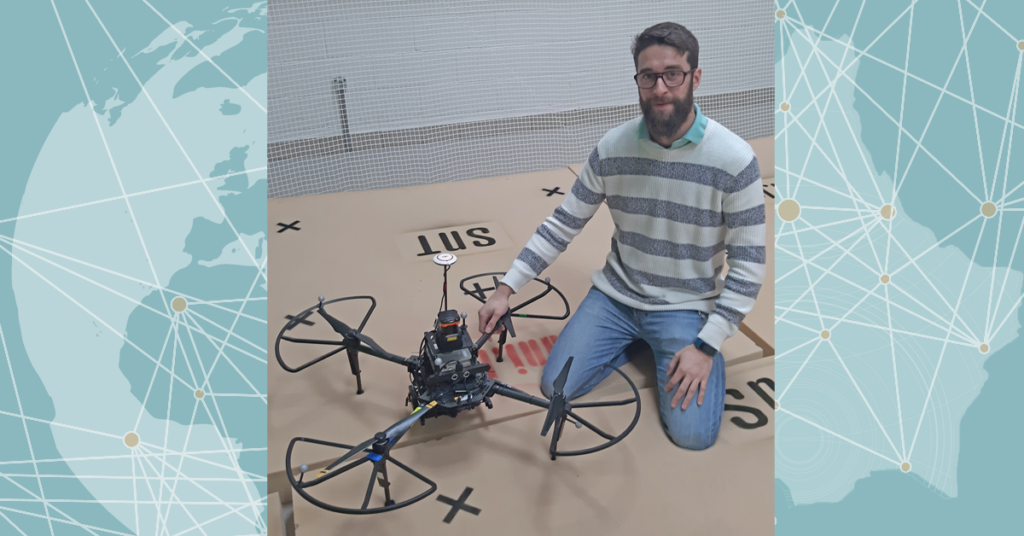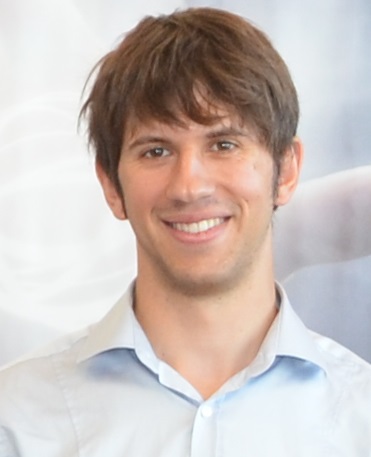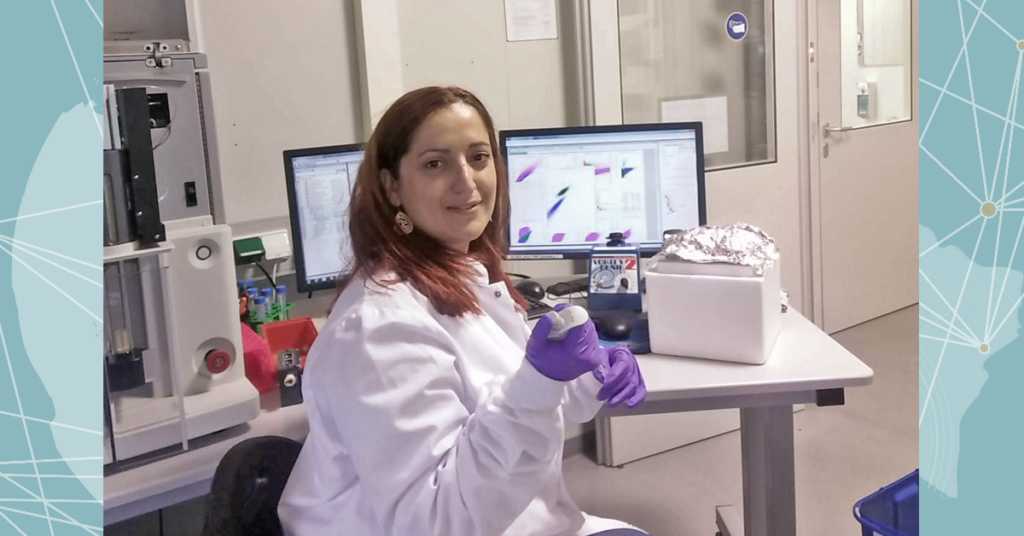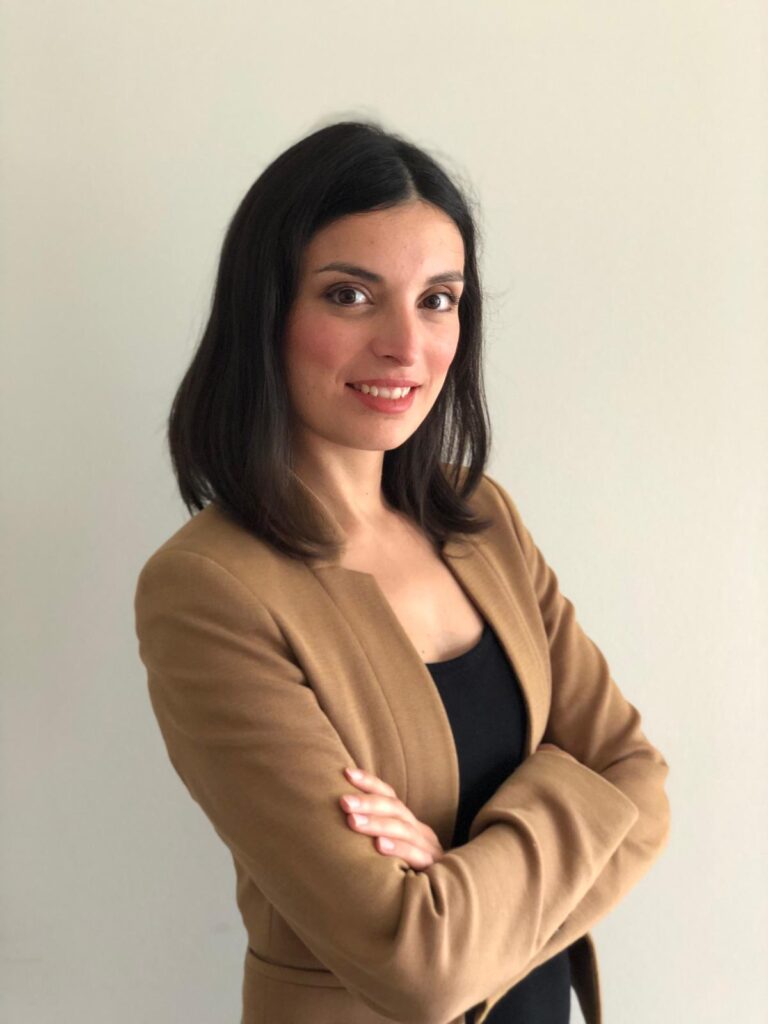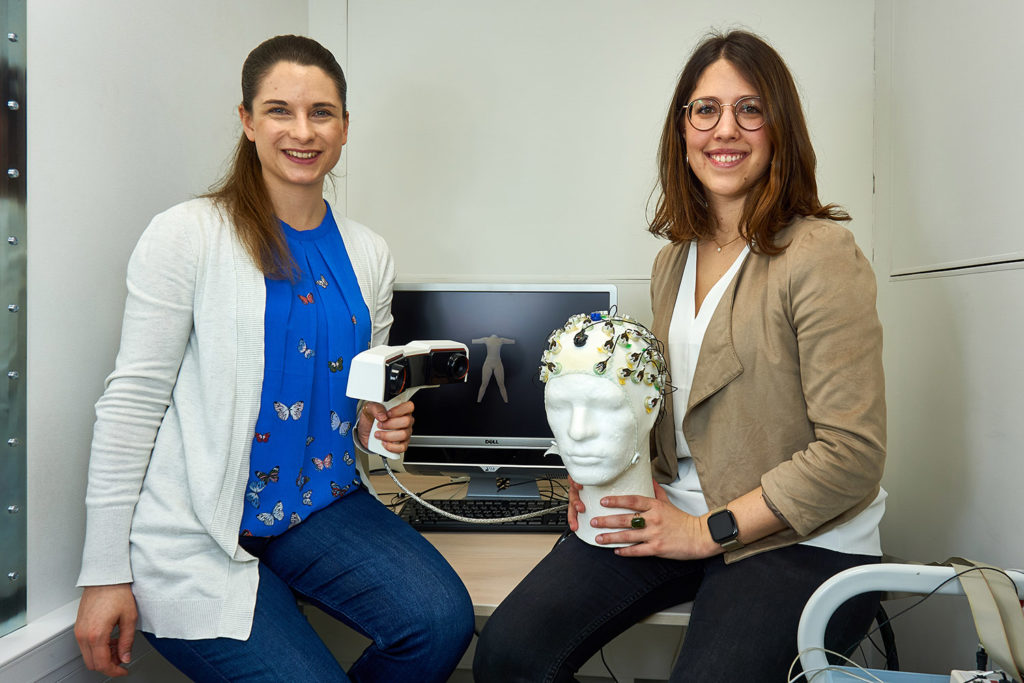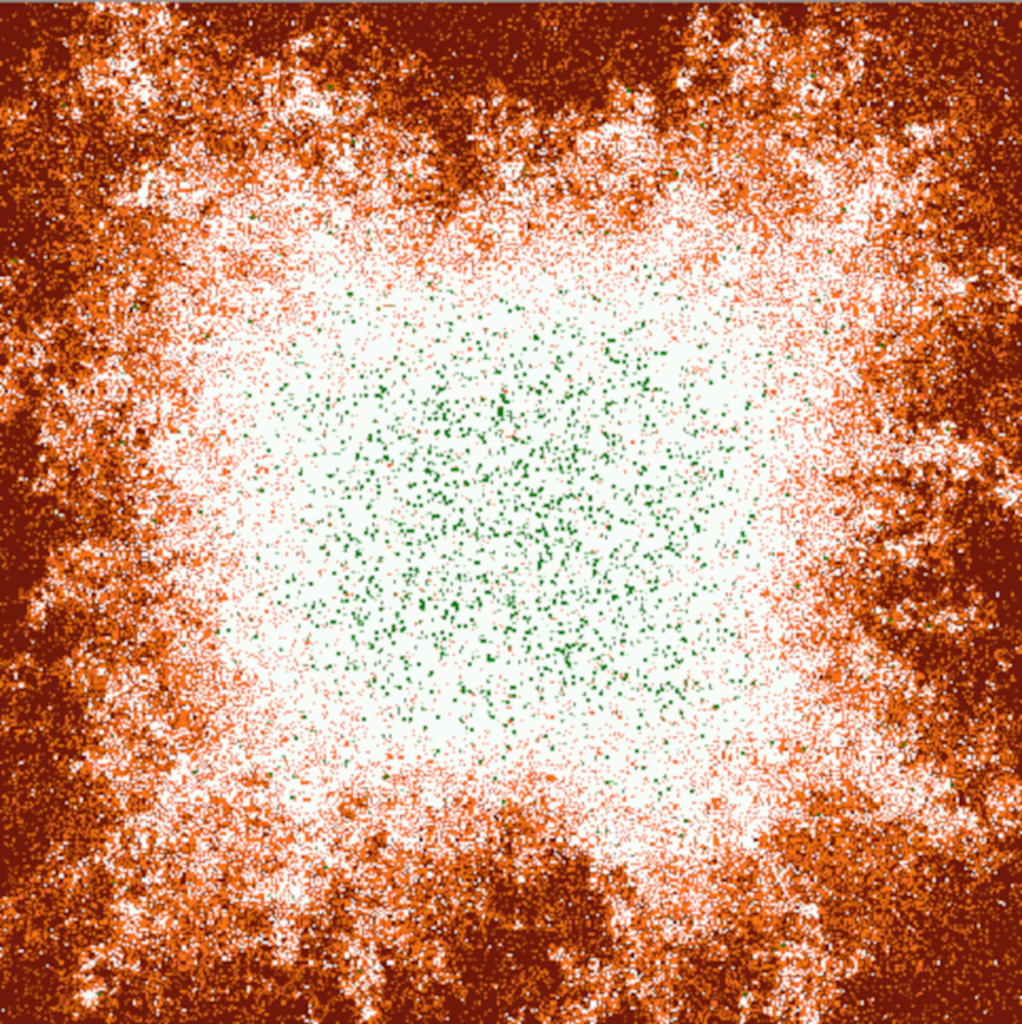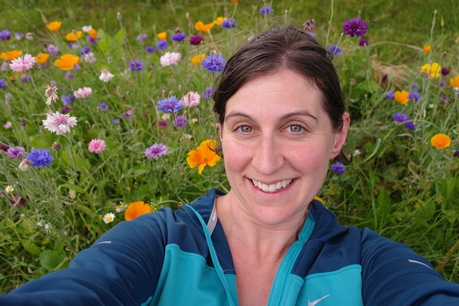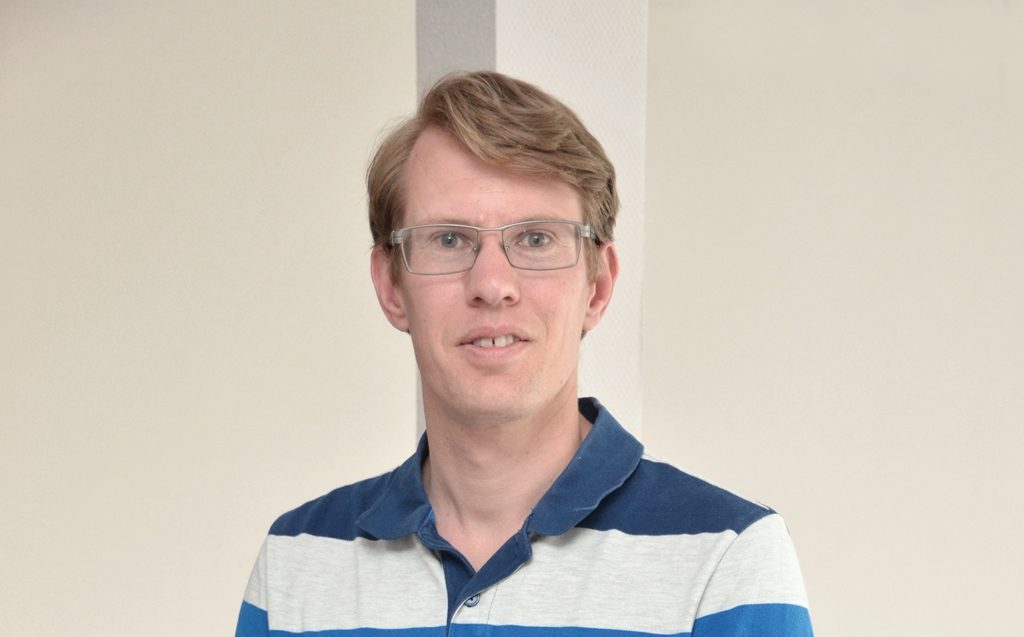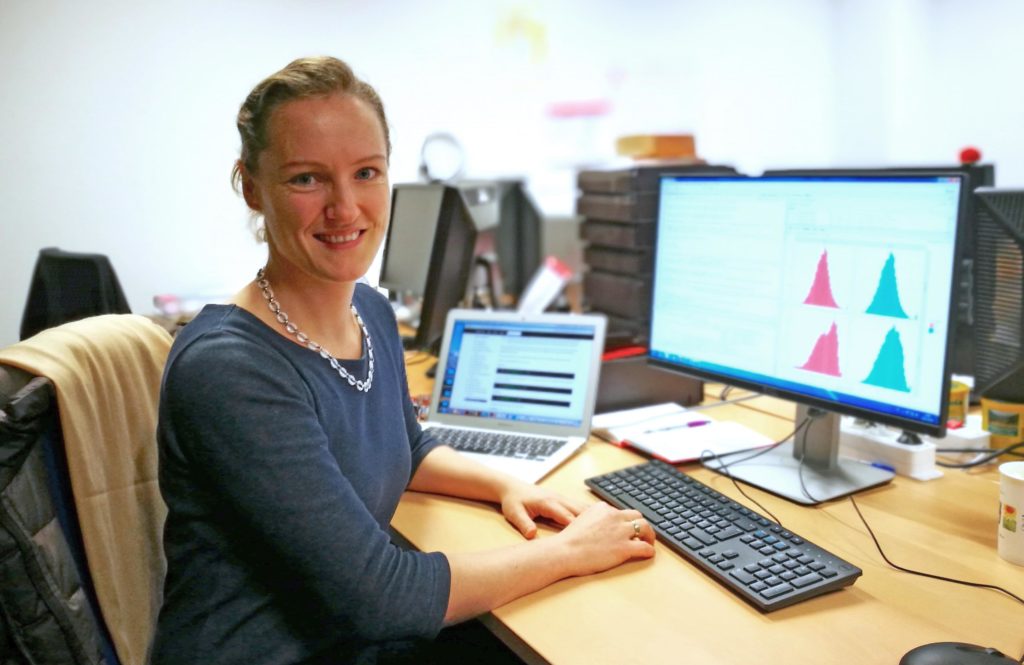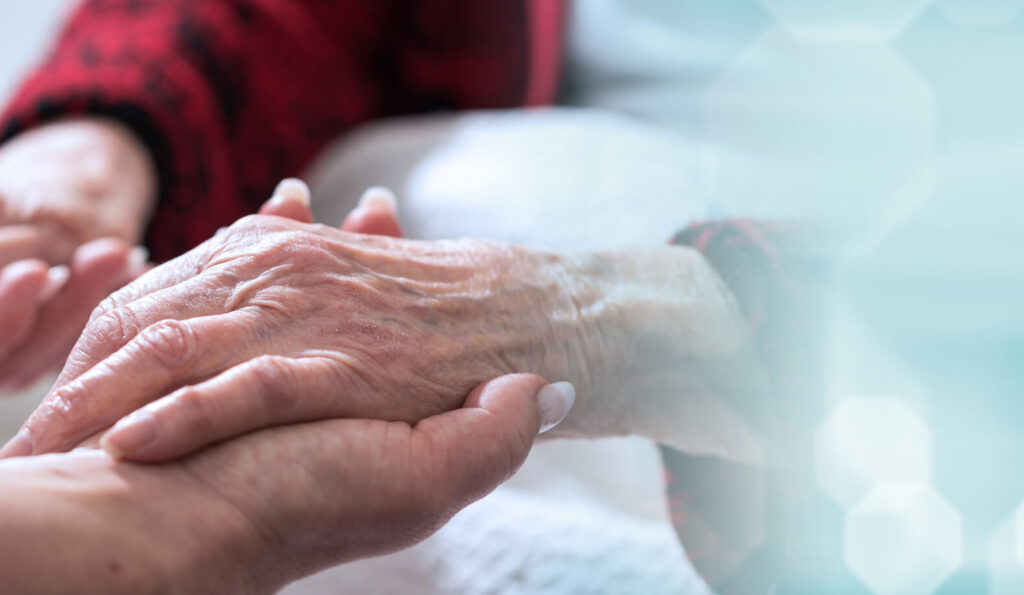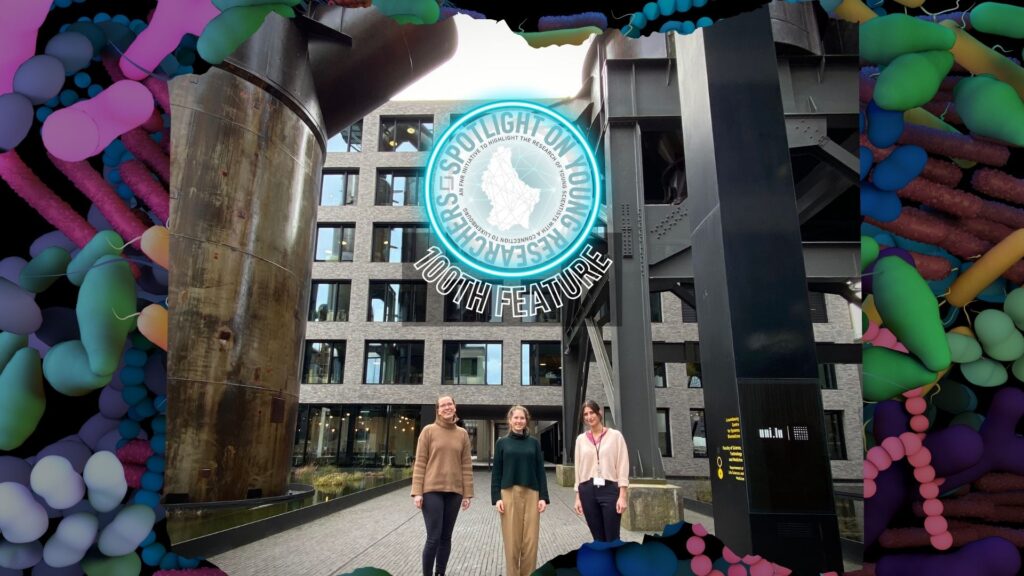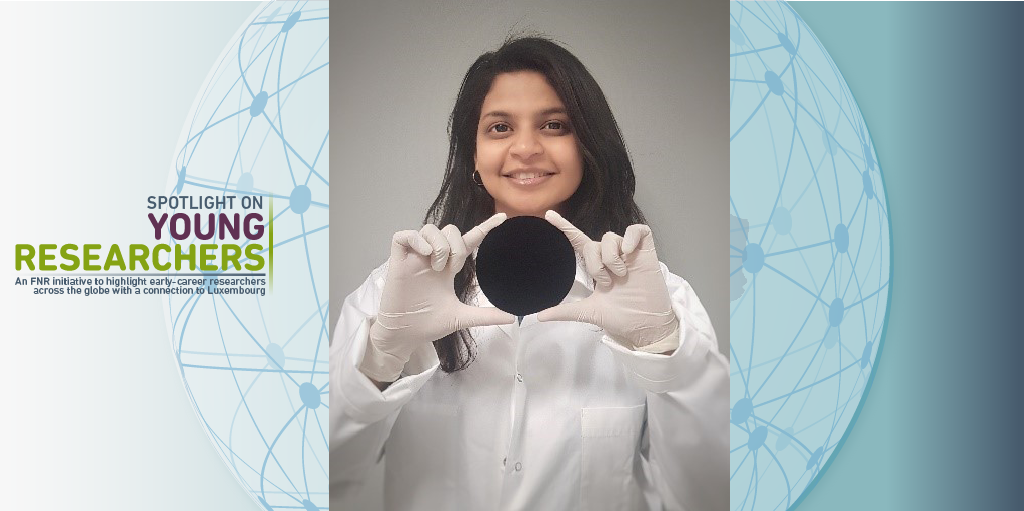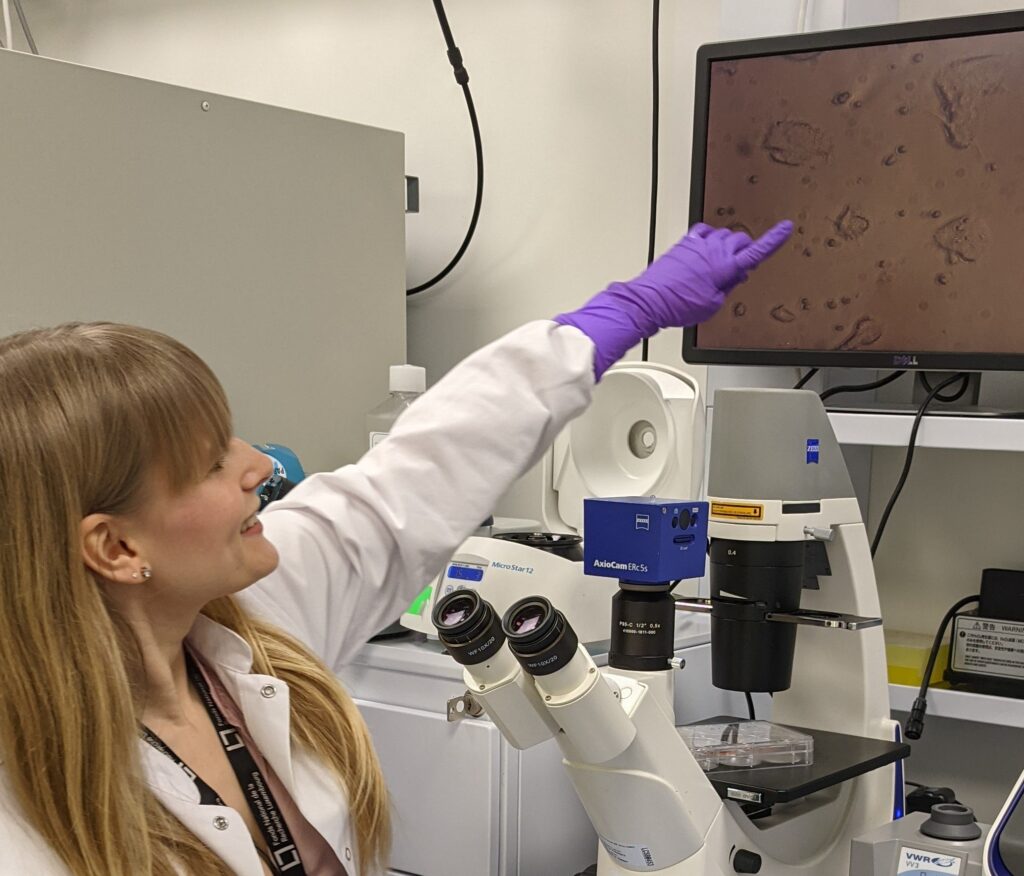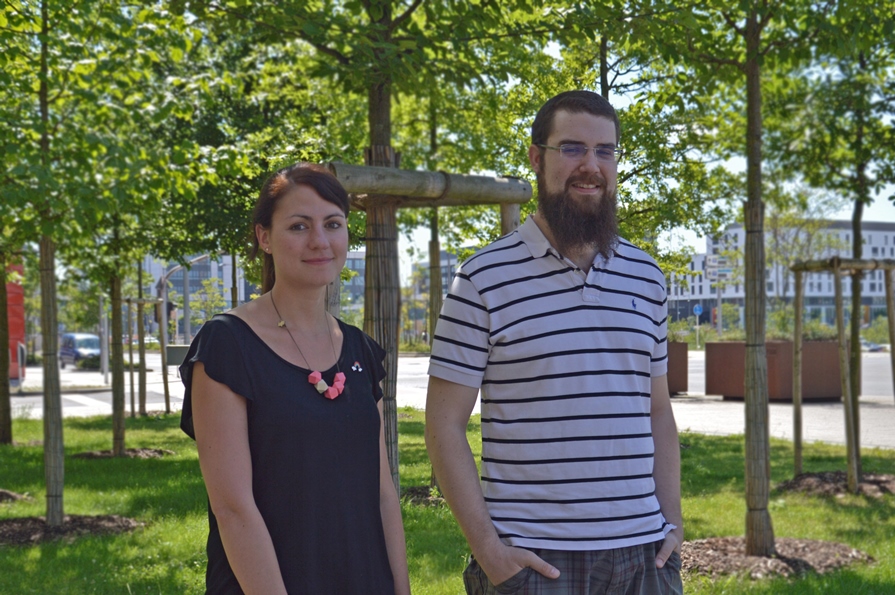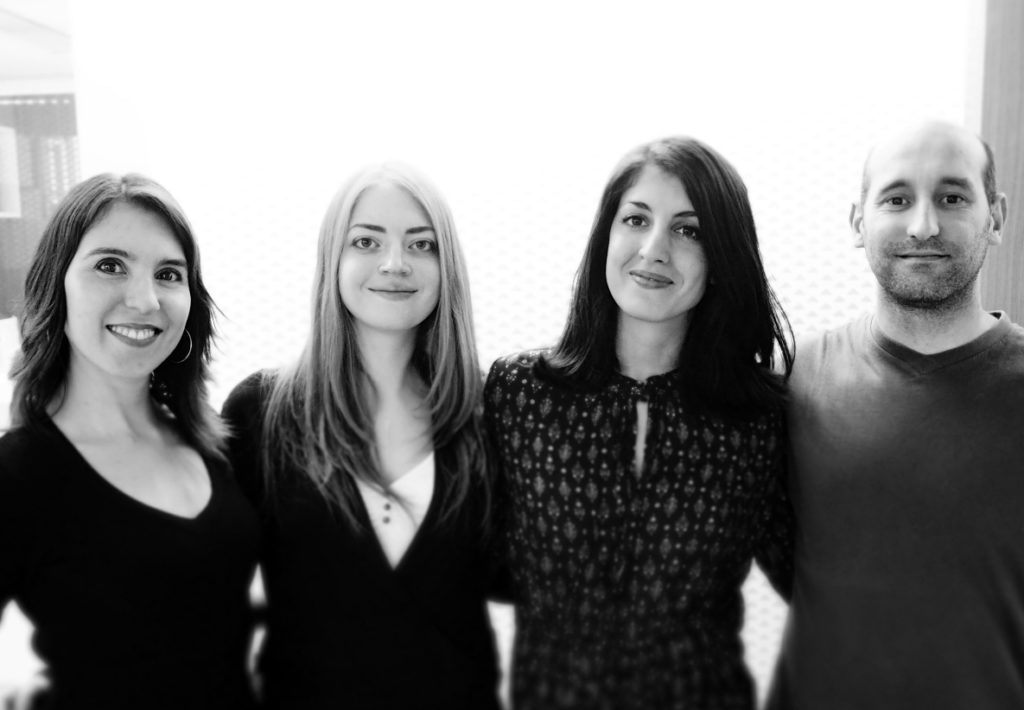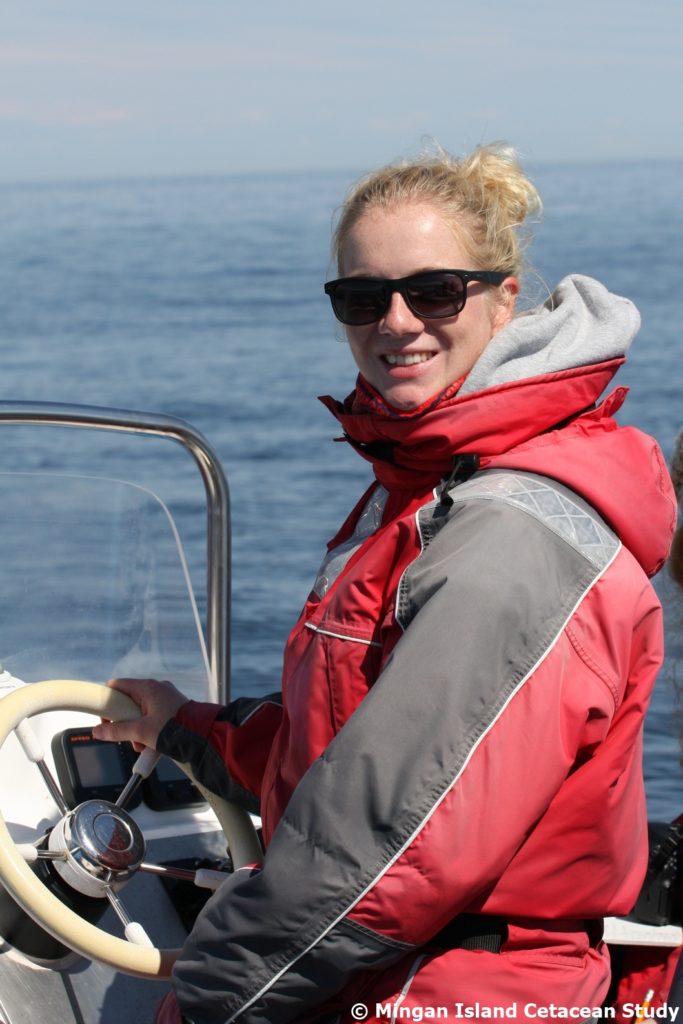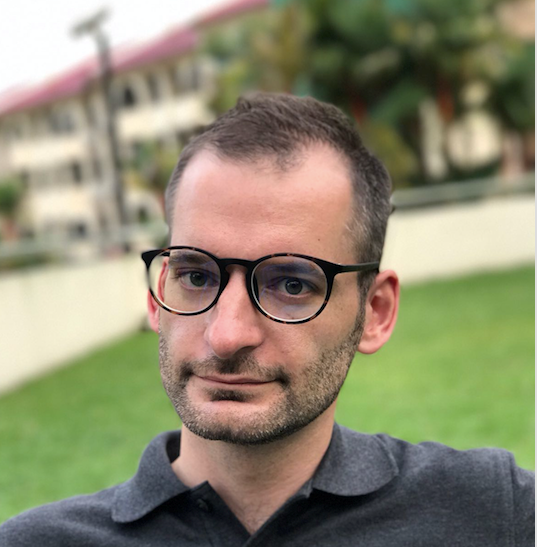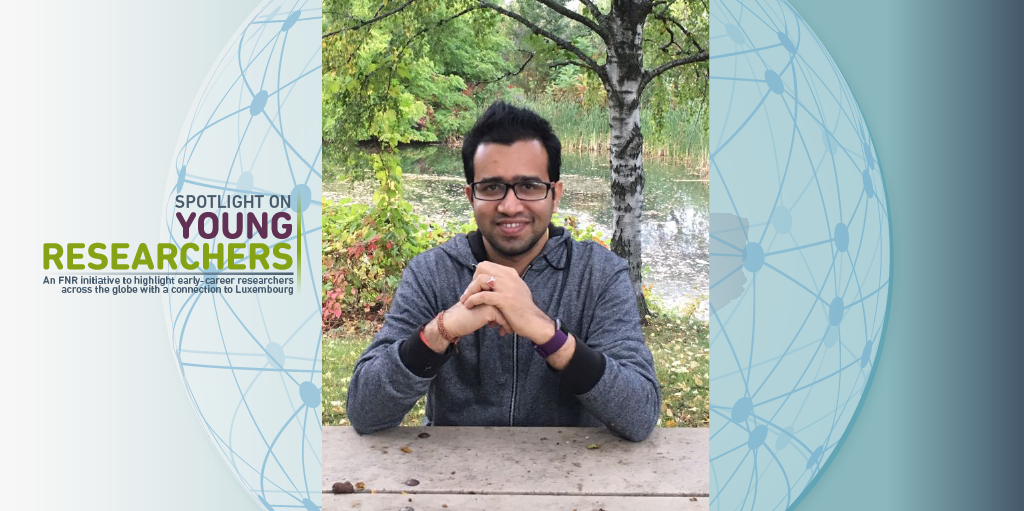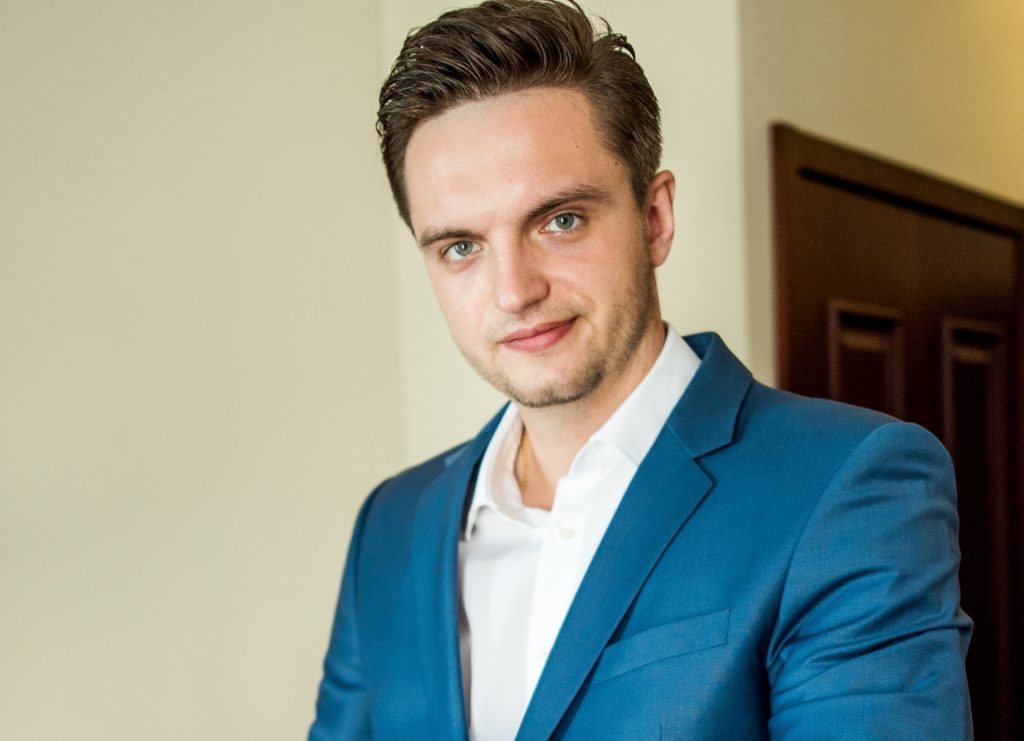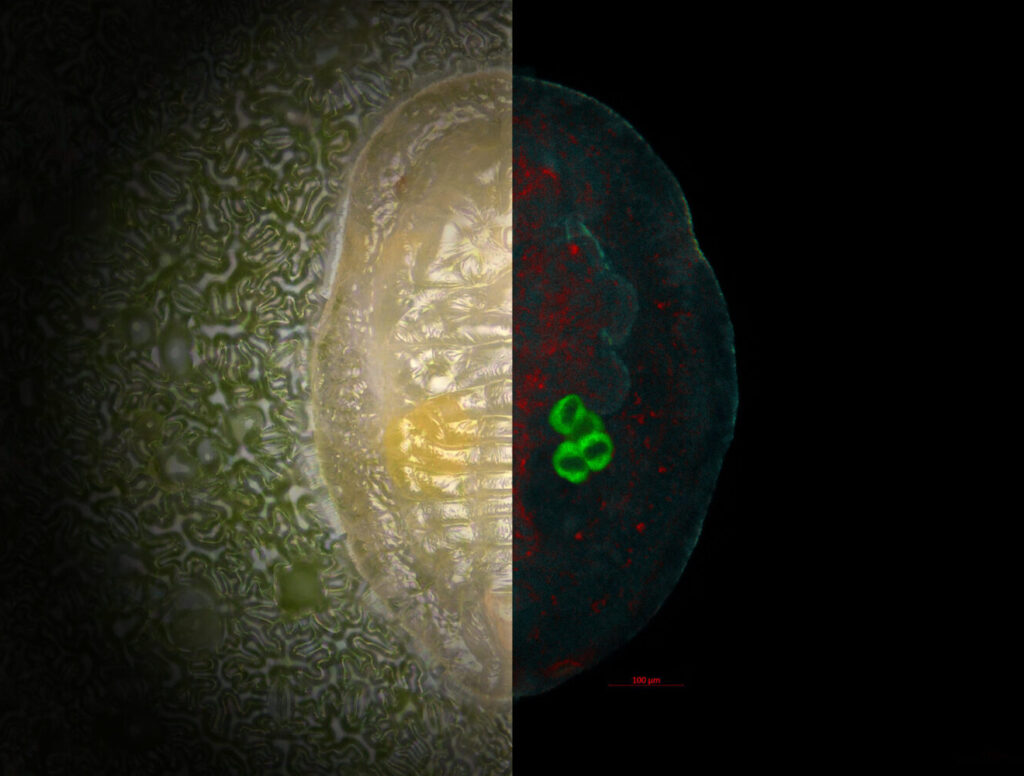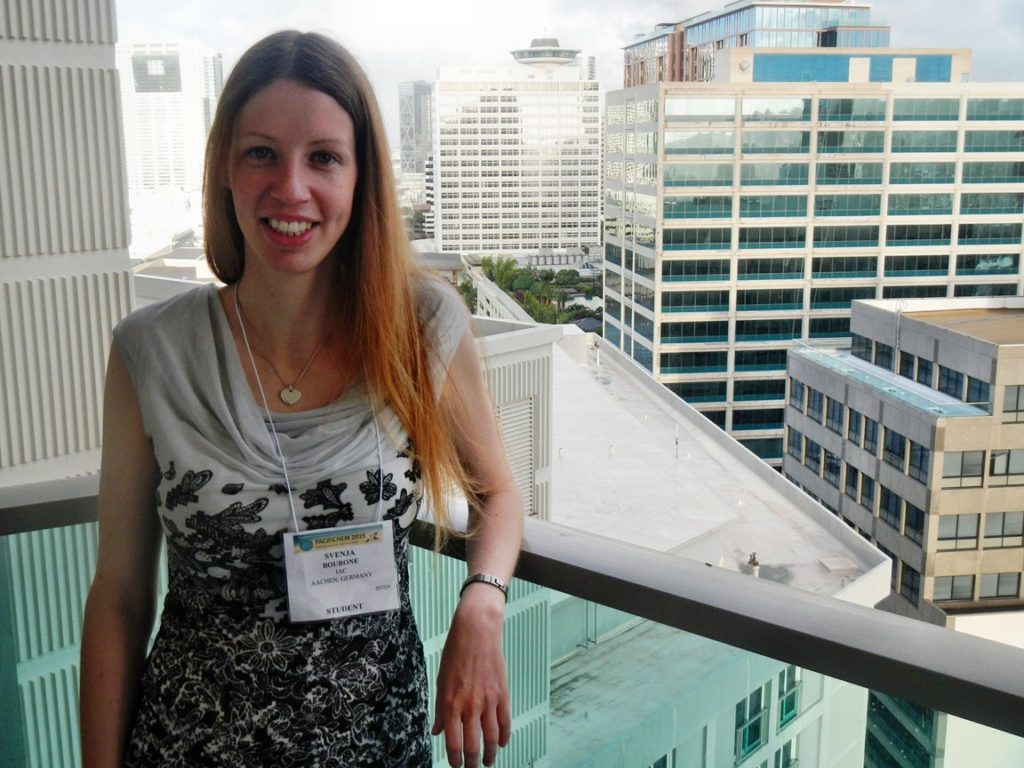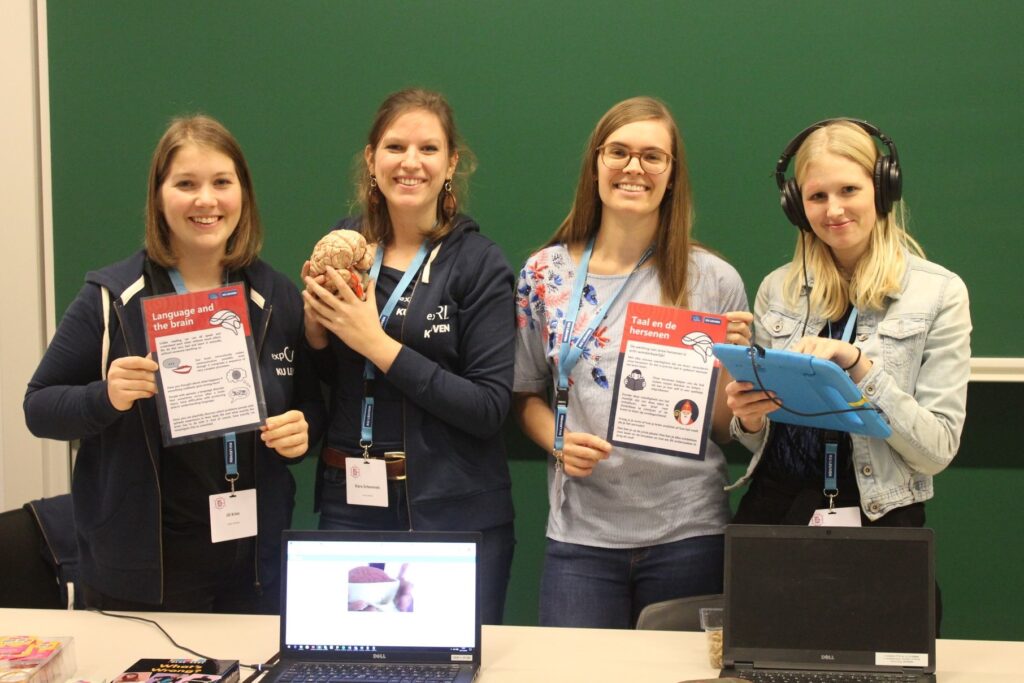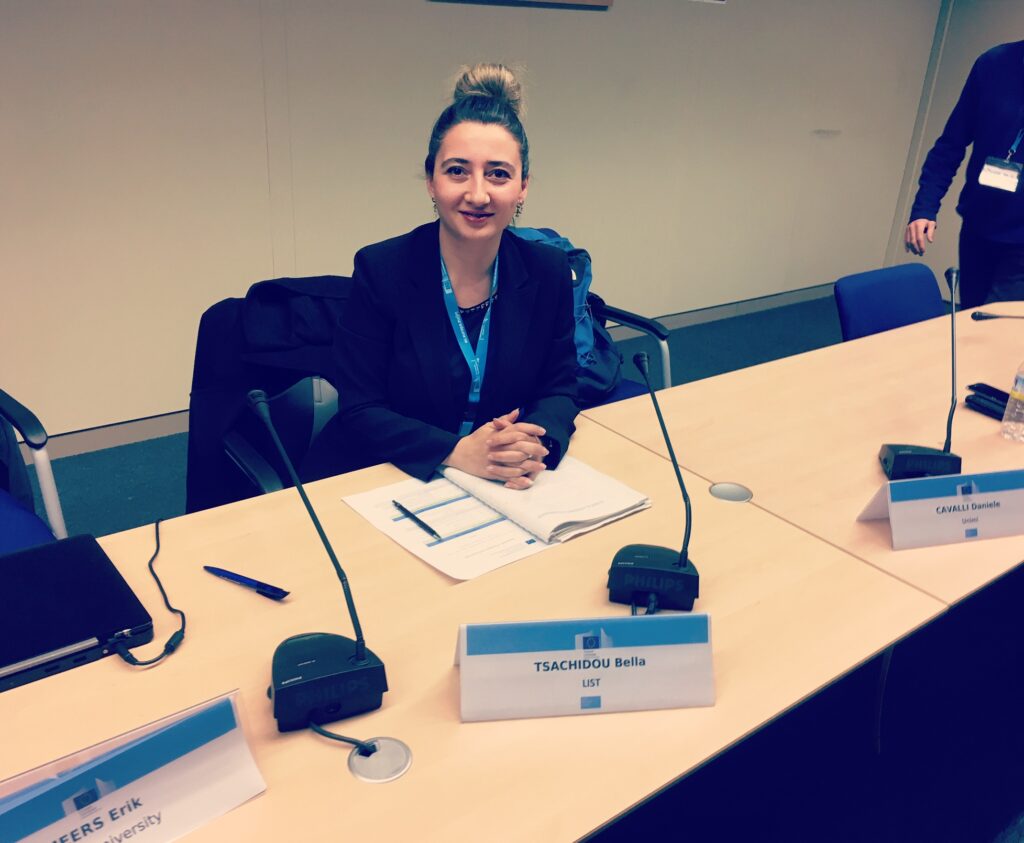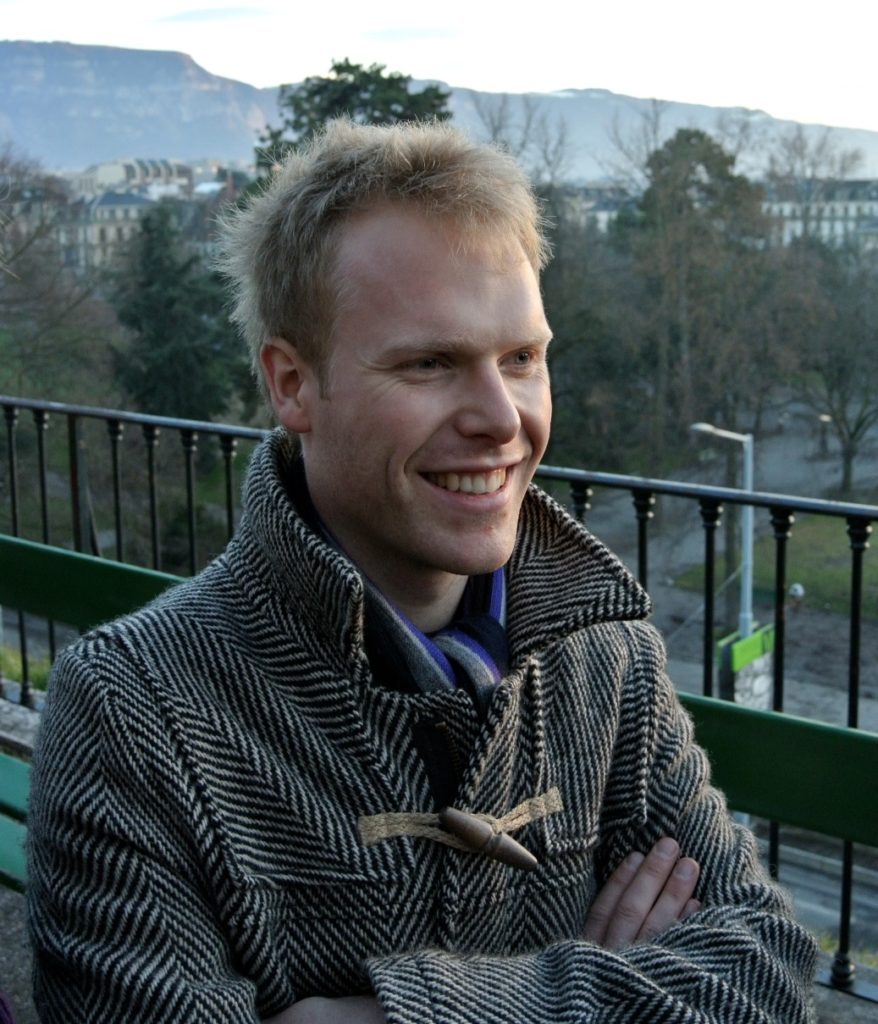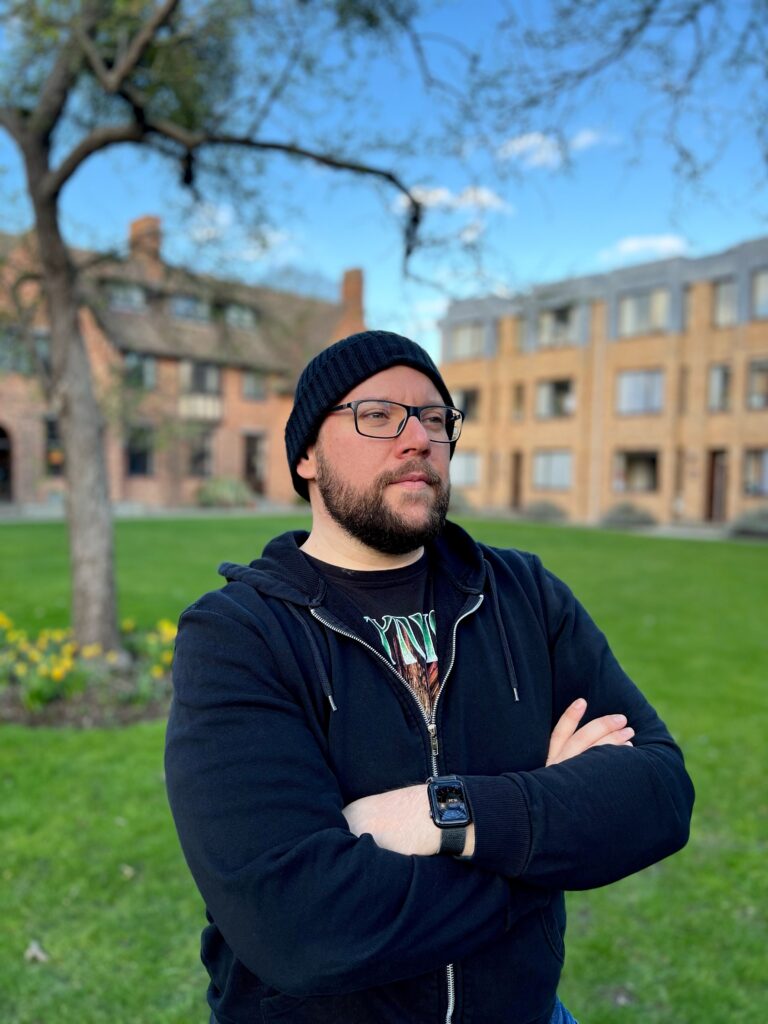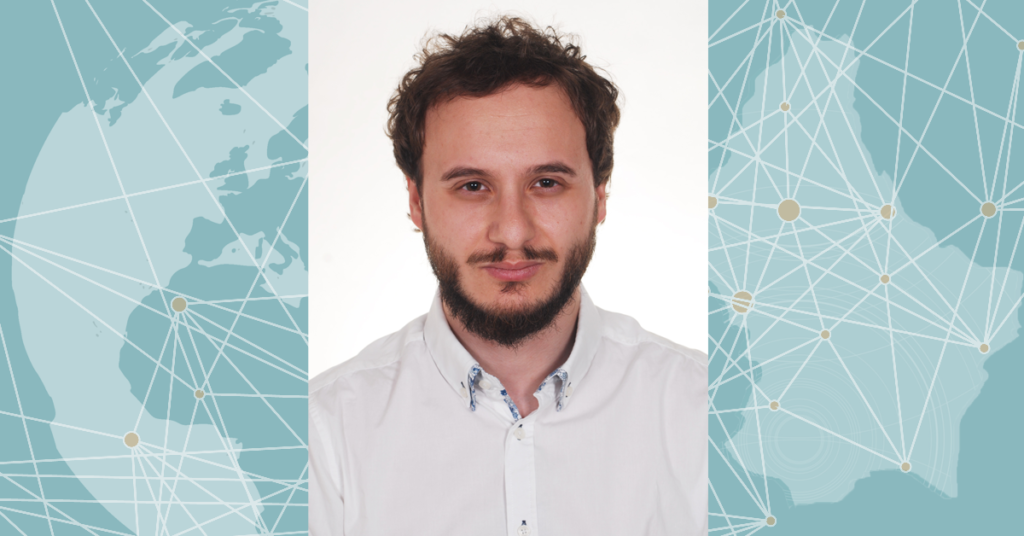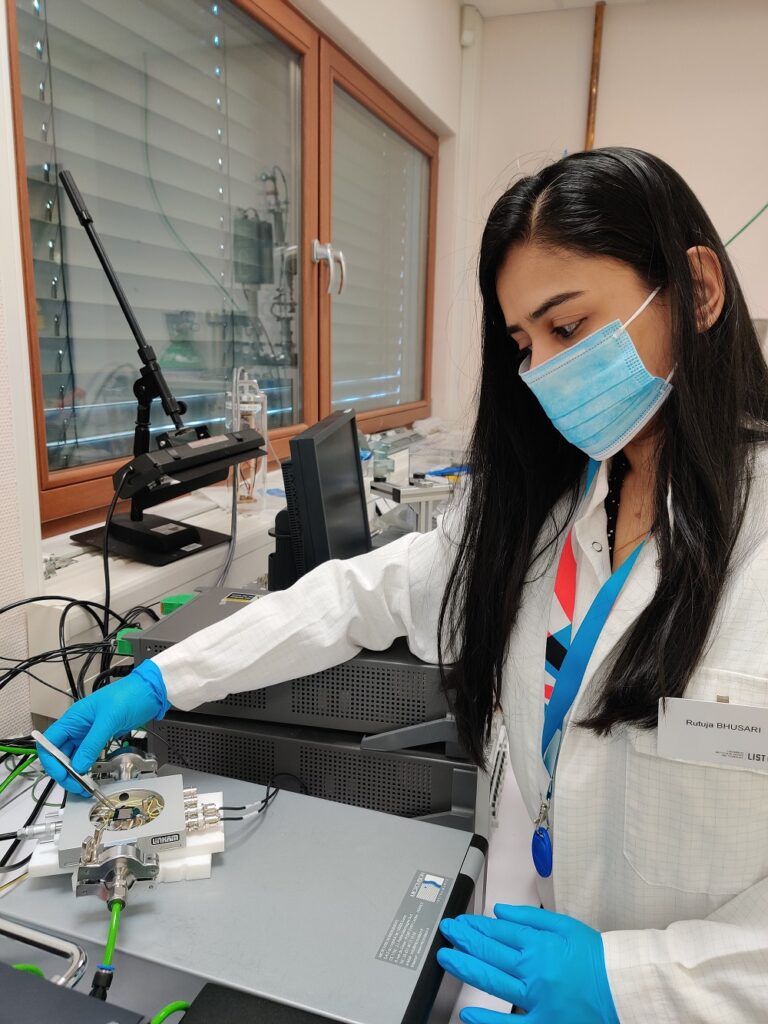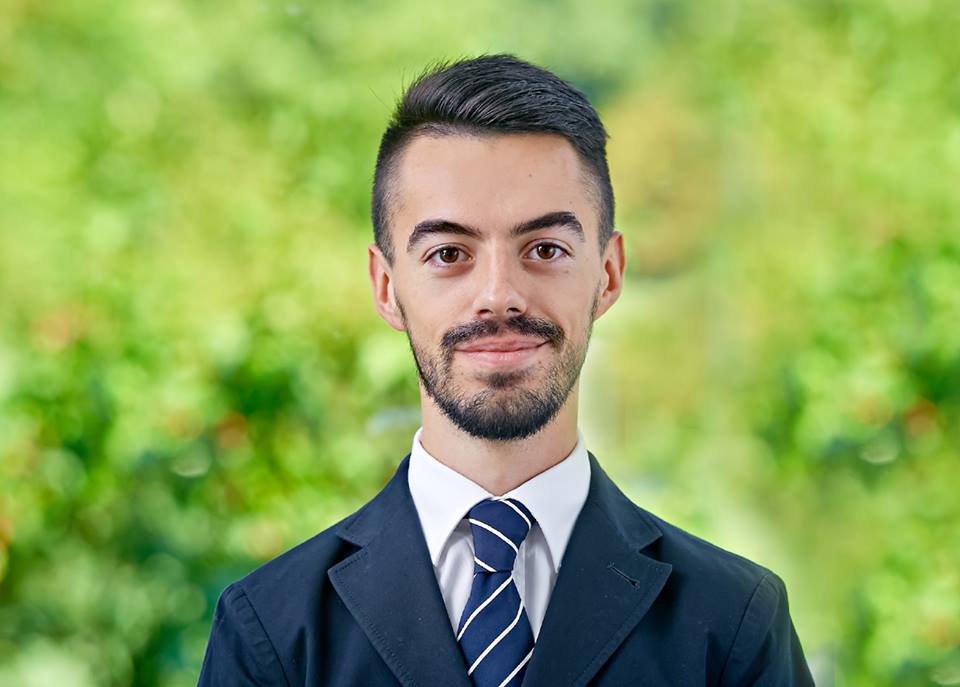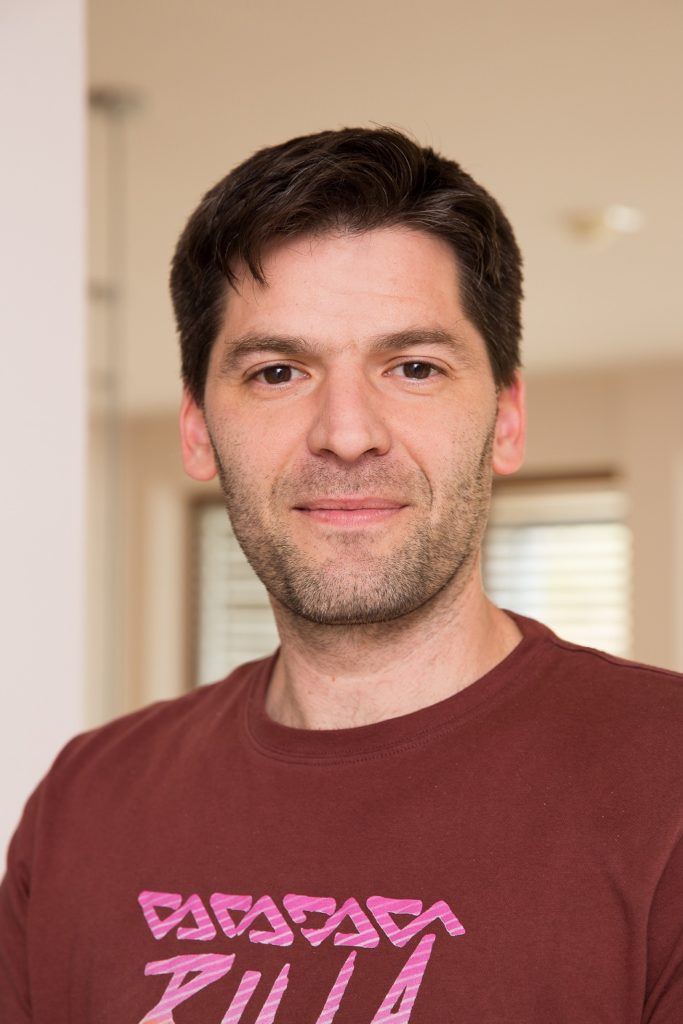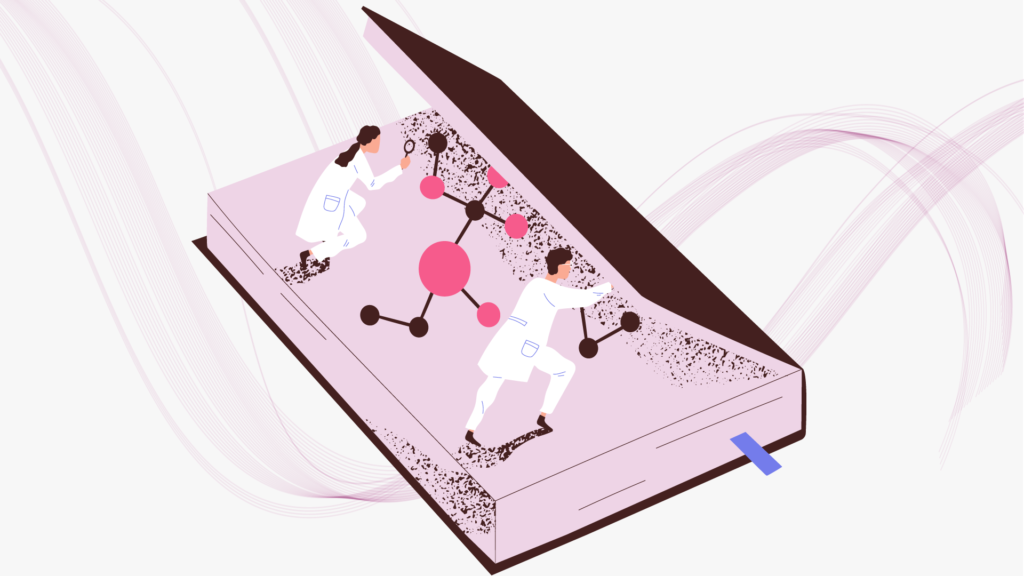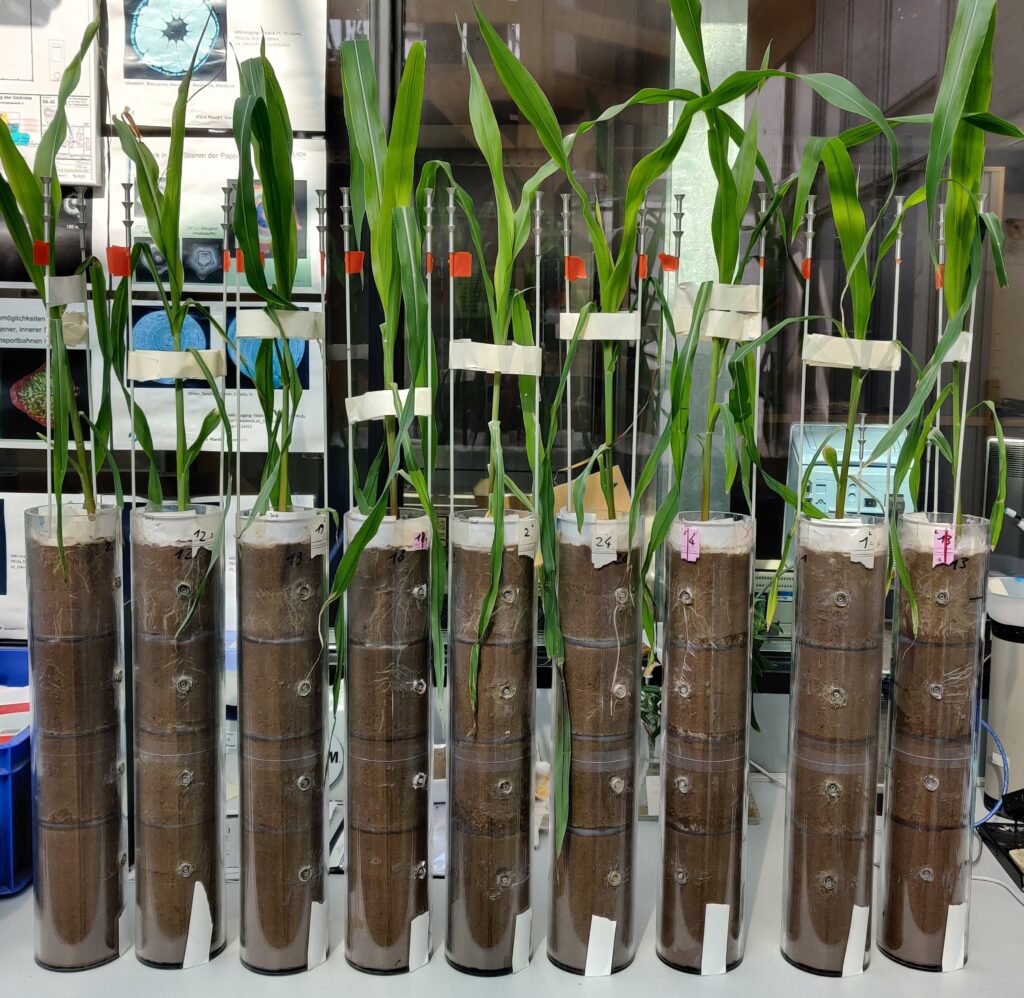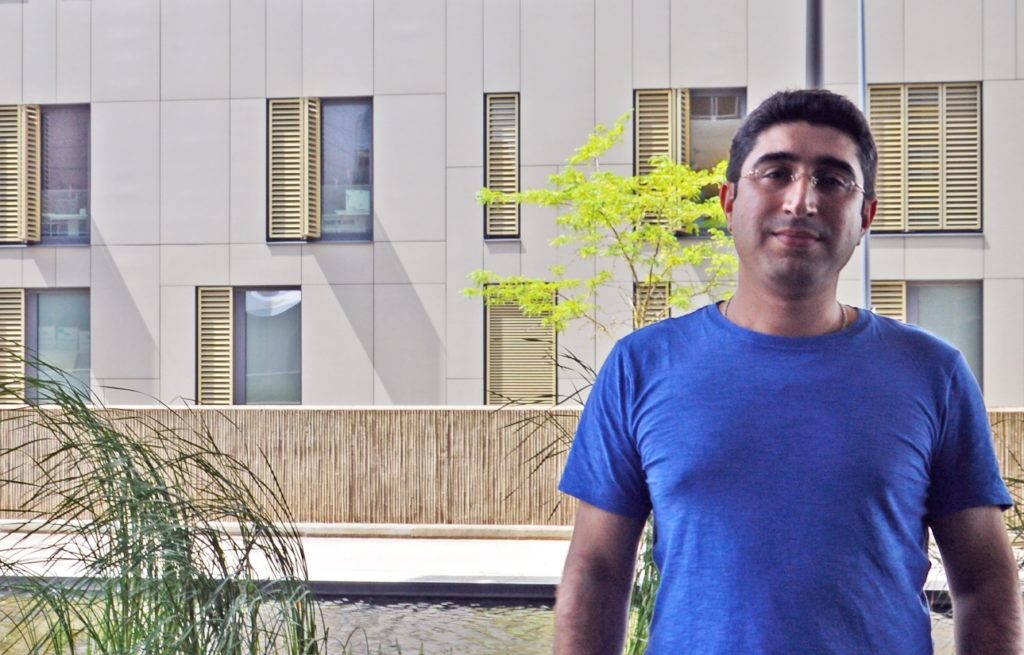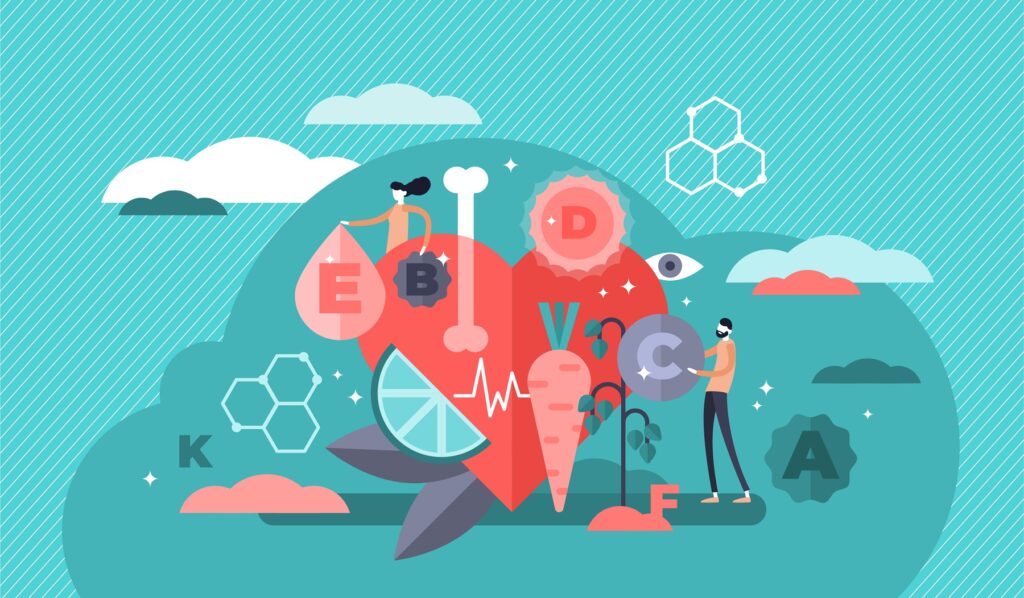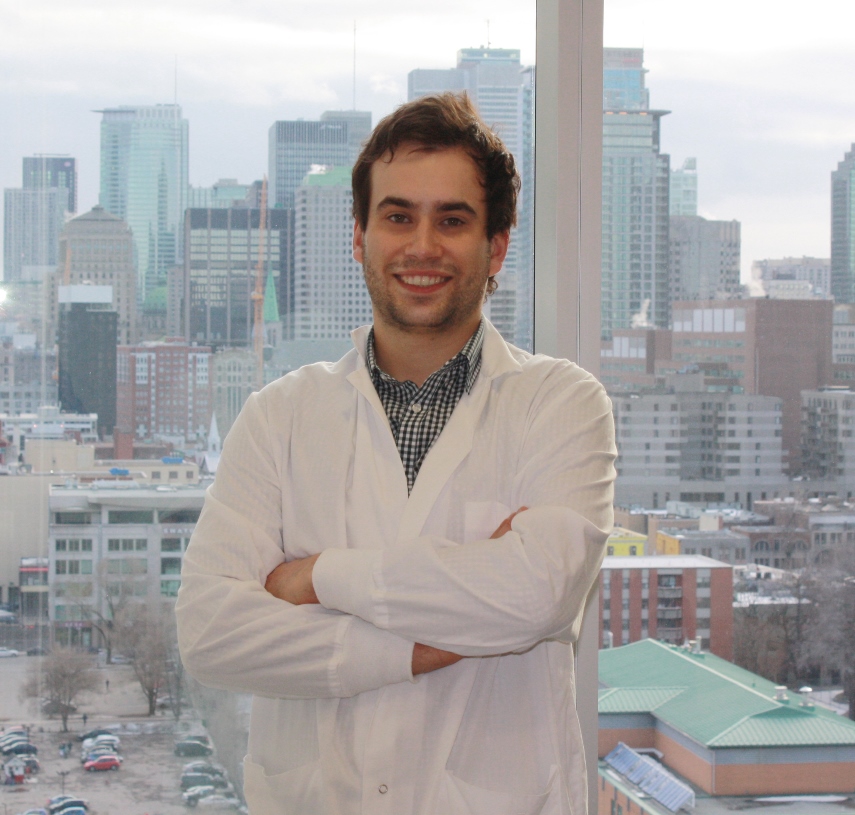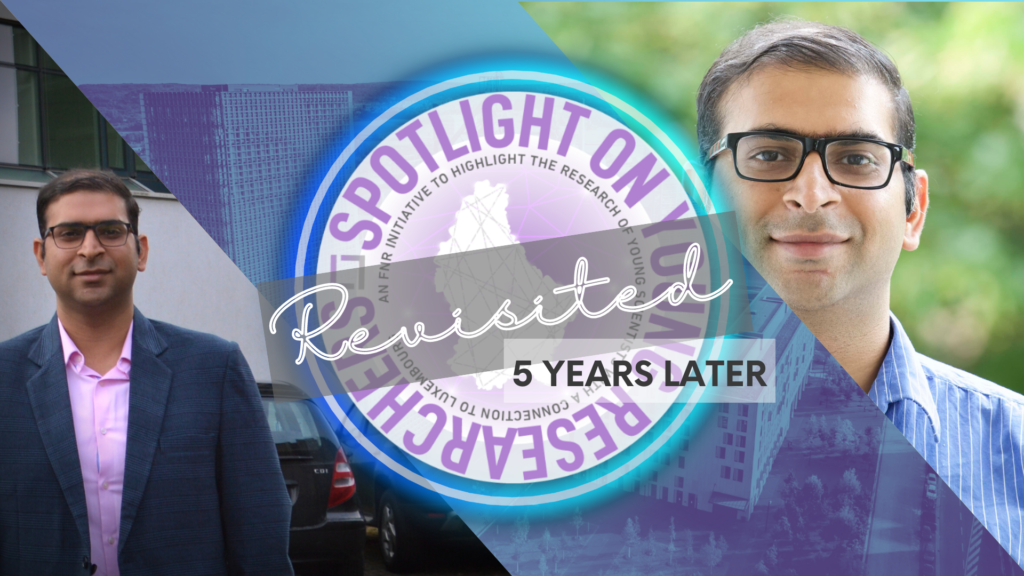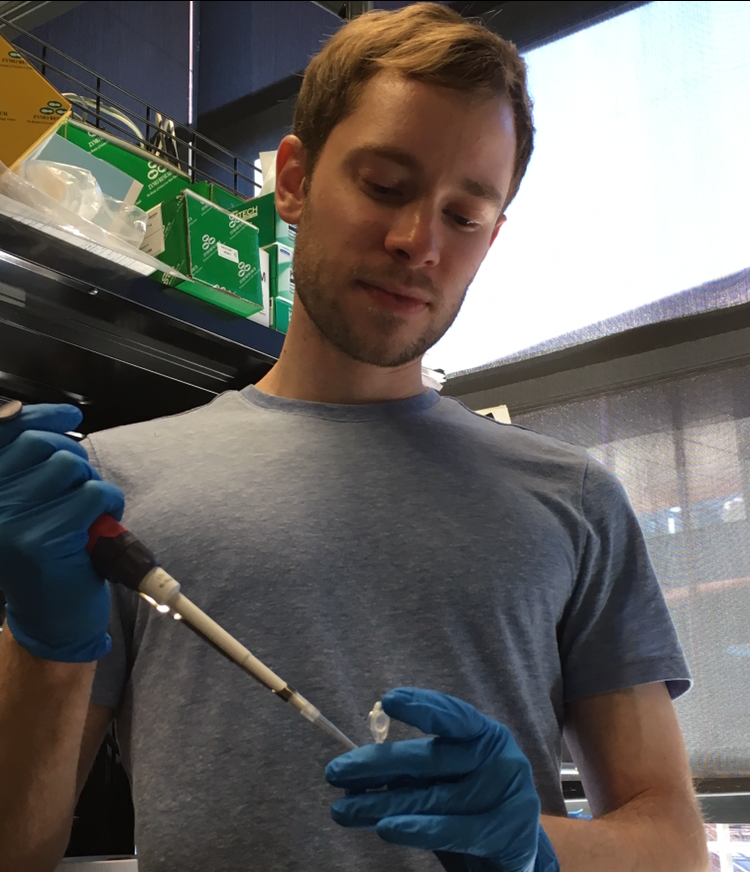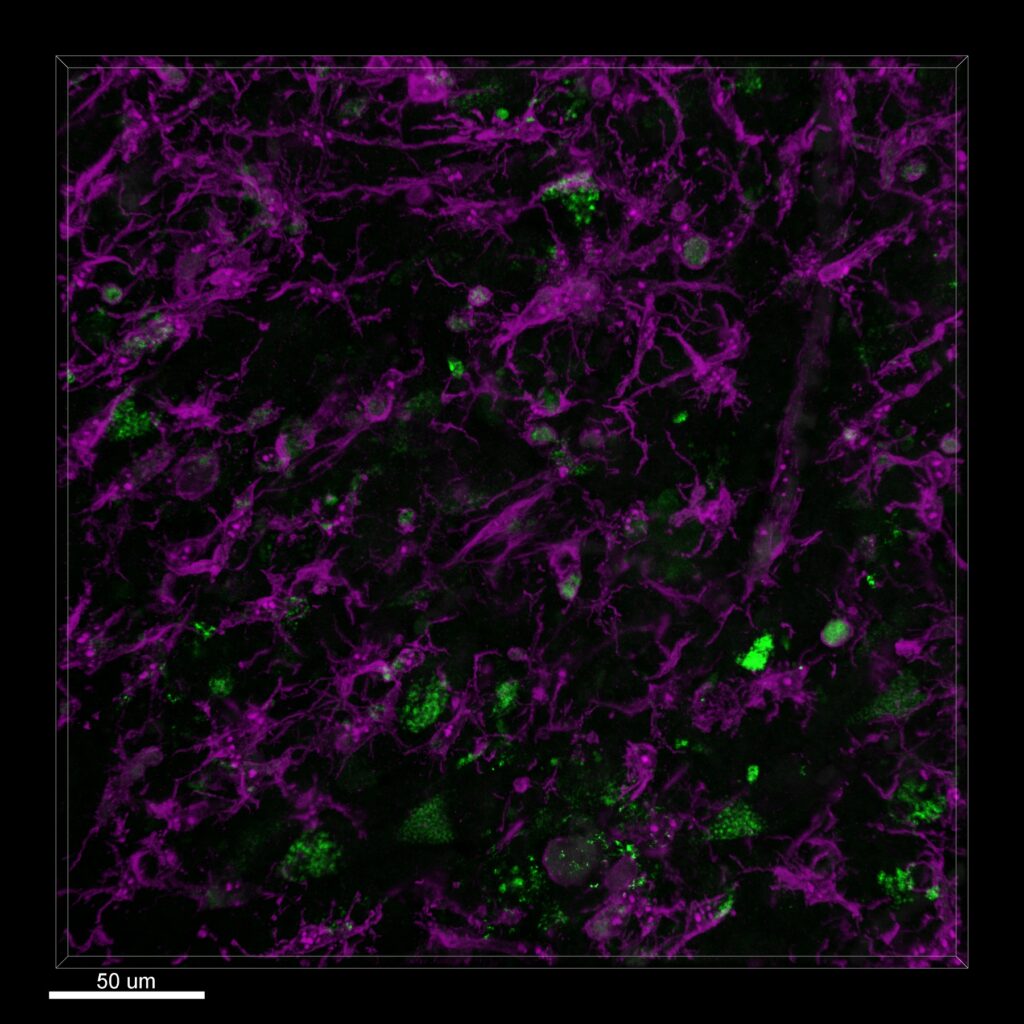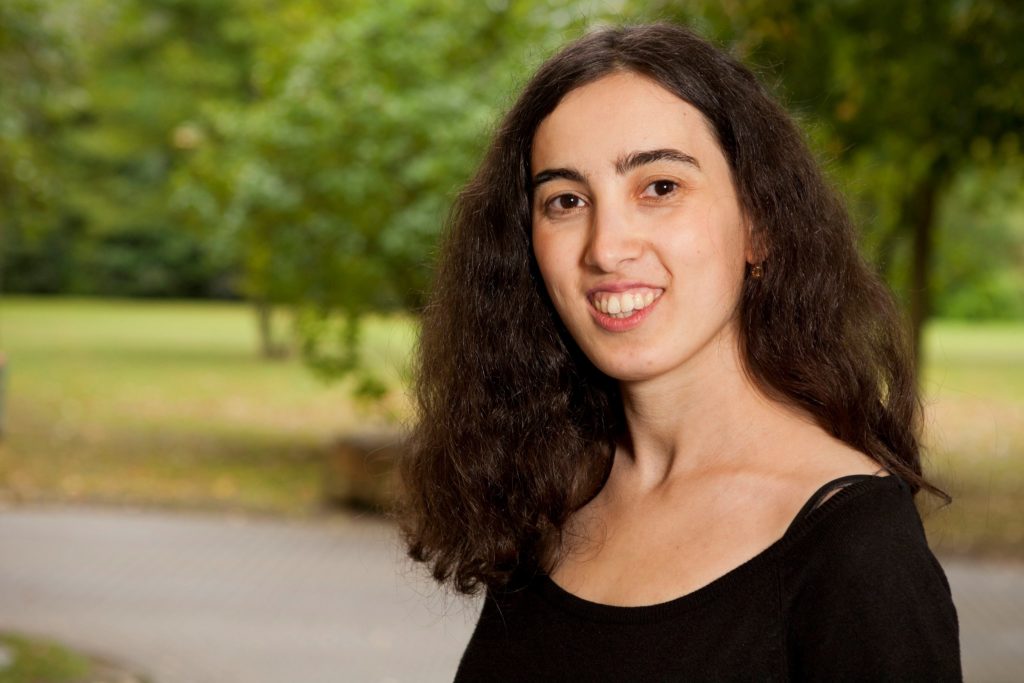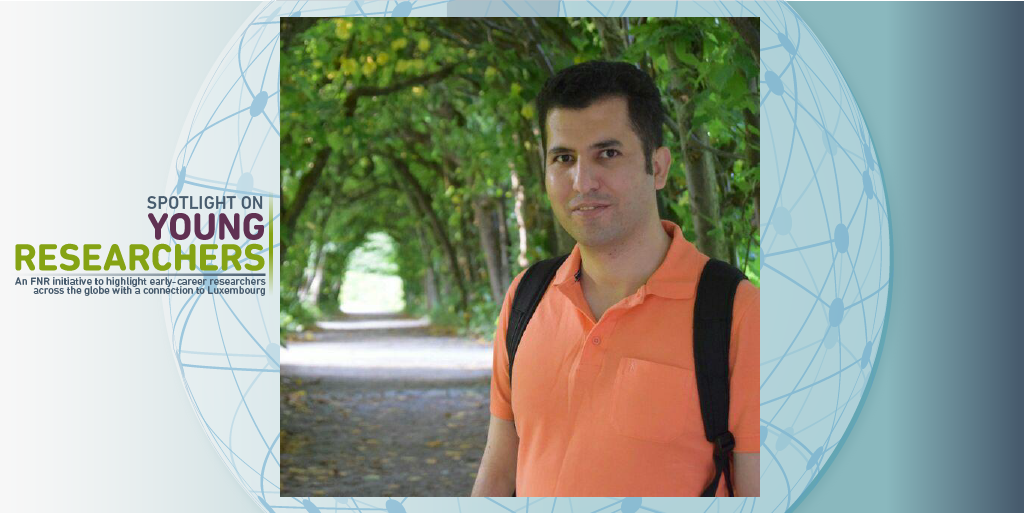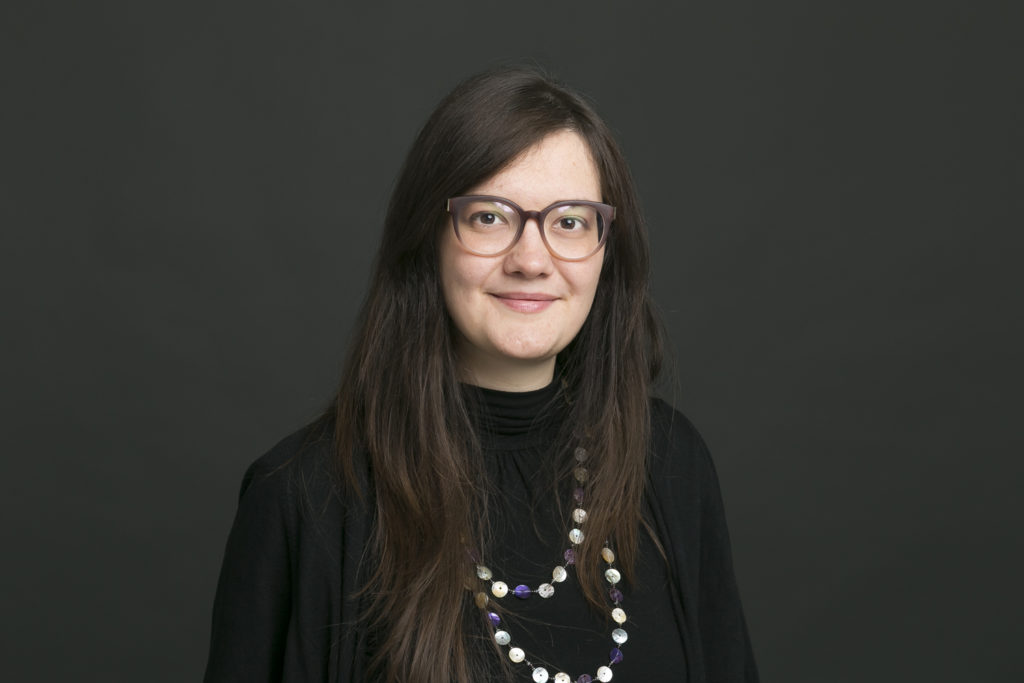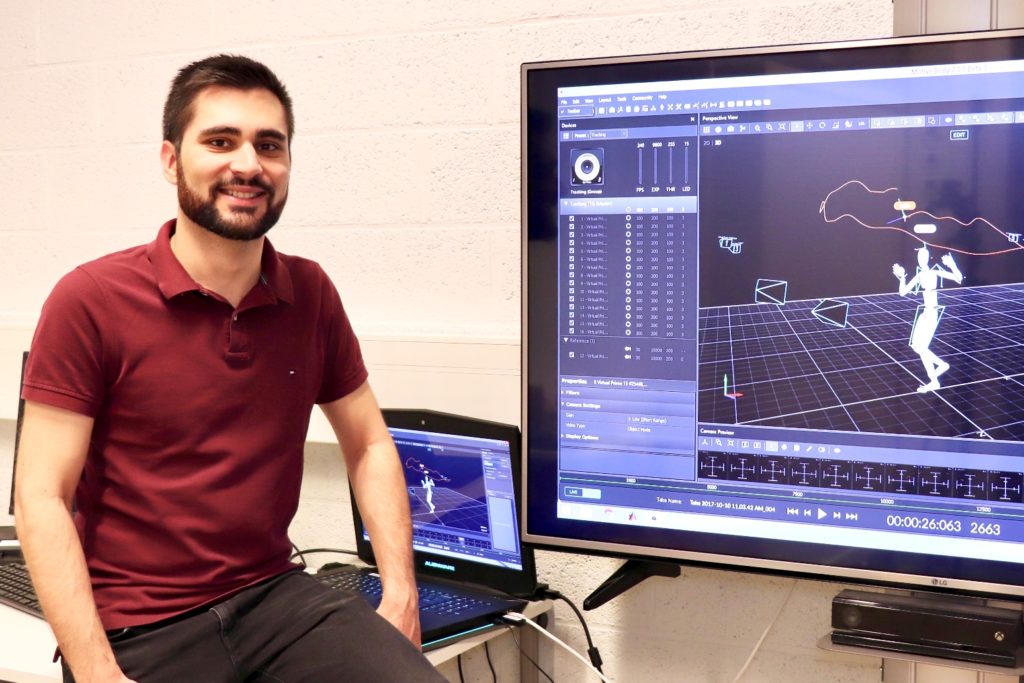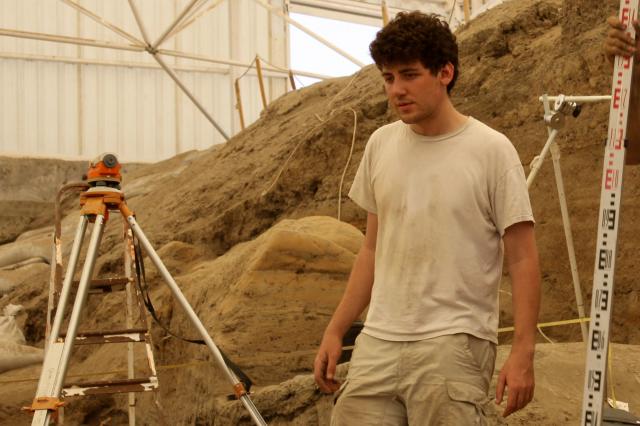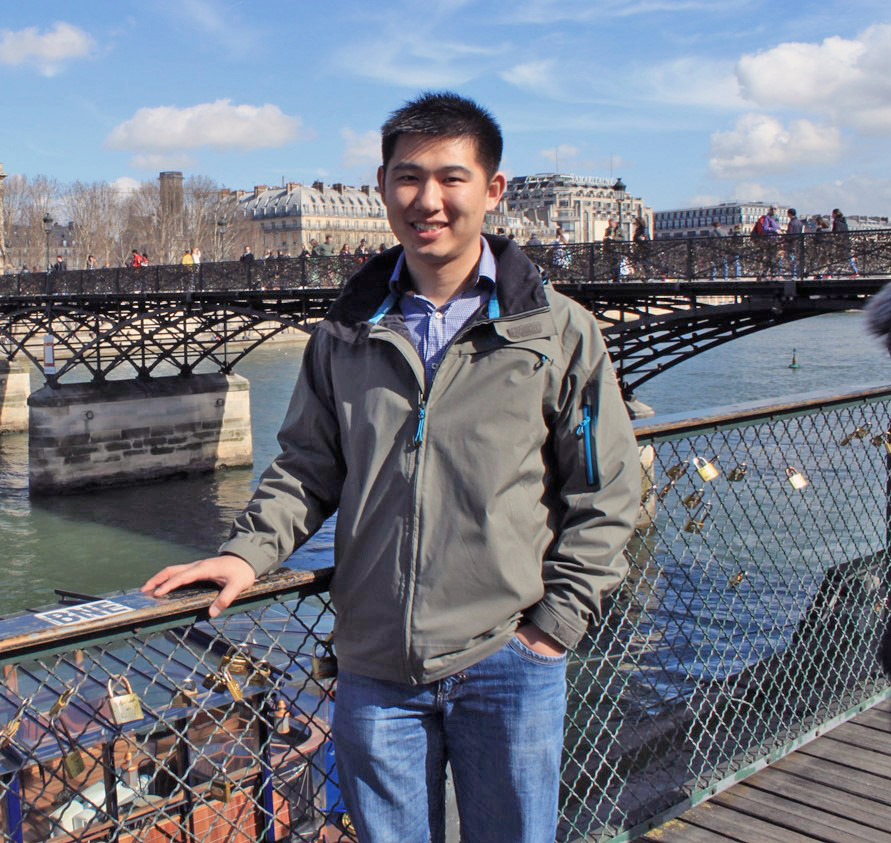
Quantum computing is one of the hottest topics in physical sciences. As part of his AFR PhD at the University of Sussex, Luxembourg national Foni Raphaël Lebrun-Ricalens works on developing a quantum computer – a technology that has the potential to revolutionise computing. Recently, he was also asked to evaluate the science behind the ‘quantum realm’ in the final ‘Avengers’ film.
What is the most distinct difference between a classic computer and a quantum computer? The answer lies in how they process information: While a classic computer uses bits of information, a quantum computer uses quantum bits of information – known as ‘qubits’.
“Quantum computers are not yet another iteration of the substrate on which we perform computation, it’s about revolutionizing the foundation of computing itself. It’s about using new rules, the rules of quantum mechanics that gave us nature and with them perform new tricks,” explains Foni Raphaël Lebrun-Ricalens.
Raphaël has great faith in what society could do with a quantum computer, the challenges it could address and hopes his research can help achieve this goal: “Today, we know that quantum computers can solve certain problems in significantly less time than its classical counterparts. It doesn’t do so by going faster, but by using the rule of quantum mechanics, a quantum computer can use shortcuts that a classical computer is unable to exploit.
“For some problems this ability of bending the rules of standard computation can be incredibly powerful. It suits itself to a diverse range of applications such as optimisation, which is at the heart of data mining, artificial intelligence, logistics, but also, and this is perhaps the most exciting application of all, the simulation and study of large quantum systems. These ramify to material physics, chemistry and pharmaceuticals, having implications on transport, farming, health.
“In an era where Moors law approaches its limit, quantum computing opens up a whole new realm of possibilities in the world of computation, triggering from a distance scientific and societal changes that are likely to be as significant of the invention of the laser or of the first computing machines, and the prospect of such possibilities is a constant drive for my research.”




“Not staying in research at such a pivotal moment would be crazy”
Raphaël explains that he has joined the field at an incredibly exciting time – although quantum computing has been around for a while, it has recently become one of the hottest topics in physical sciences, it has even hit the mainstream. The attention from the world of science, media and industry has sparked a race for quantum technologies – around the world, scientists, engineers and entrepreneurs are working on incredible efforts to make such a technology a reality.
“Not staying in research at such a pivotal moment would be crazy, although I am not sure yet if I am more included towards industry or academia,” explains Raphaël, who fell in love with physical sciences when he was a teenager: “Physics offered a clear framework, an elegant description of nature, using logical quantitative principles to describe the world around us.
“What I find incredible is that only a simple set of fundamental rules allow for some of the most complex phenomena to exist. So much can be derived from a single formula. From there on, the curiosity never stopped, I particularly enjoyed doing physical simulation of phenomena, understanding their dynamics, what could be more extraordinary than having an equation and a computer and then being able to simulate the whole thing? Gathering a picture of past present and future! The more I learned about the world of atoms, some of the most basic constituent of matter, the more I was surprised and intrigued.”
A cryostat for ion trapping experiments
During his undergraduate studies, Raphaël discovered he wanted to be an experimental quantum physicist. He enrolled on a Masters degree in quantum technologies at the University of Sussex in the UK and during this time also enrolled in a doctoral programme before applying for an AFR PhD grant at the FNR:
“I was and am still hooked on the field and the transition to the PhD world was entirely natural and exciting, while the funding by the FNR provided a safe and sturdy environment for me to build on. It is an invaluable peace of mind for a PhD student to have while carrying out your own research.”
As part of his PhD, Raphaël has already developed a modular cryostat that can cool down to -200°C. The cryostat is being used for ion trapping experiments around the lab and the team hopes it could set the groundwork for future cooling system designs or a quantum computer (find out more about ion trapped quantum computers our info box). He has also embraced the importance of communicating about ones research and taken part in science outreach programmes e.g. at the Science Museum in London, where he got the chance to exchange with science enthusiasts and people from all ages and backgrounds – an experience he thoroughly enjoyed.
“My dream would be for Luxembourg to become a European hub for quantum technologies”
When his PhD is completed, Raphaël currently plans to stay abroad and work in a postdoc position, before looking for somewhere he can set up his own independent research environment, either in academia or industry. He is also keeping an eye of the fast development of the research environment in Luxembourg and holds out hope that the Grand Duchy could become a destination for quantum research: “In the medium to long term, I believe Luxembourg has a lot of potential to be very appealing to quantum physicists and engineers.
“My dream would be for Luxembourg to become a European hub for quantum technologies. Luxembourg has recently proven that it can commit to large and extraordinary projects and has the unique ability to know how to facilitate transitions between academia and industry. When the time is right, this could prove extremely appealing and I hope I could come back at make a difference here in Luxembourg.”
Evaluating the science behind The Avengers
The website LADBible recently asked Raphaël to evaluate the science behind the ‘quantum realm’ in the final Avengers film The Avengers: Endgame. Does the science hold? Find out.
RELATED PROGRAMMES
INFO BOX: Raphaël explains what a trapped ion quantum computer looks like
What does a trapped ion quantum computer look like?
“In a trapped-ion quantum computer, we make single ions levitate in a vacuum. We create such a confinement region using electric fields, which oscillate millions of times per second, effectively attracting and repelling our charged particle so quickly that it comes close to a standstill. The device used to create such an electric field is called an ion trap microchip and is not bigger than a fingernail while the vacuum we use is no ordinary vacuum environment.
Known as Ultra-high vacuum, the apparatus holding our individual ions is thousands of times emptier than the vacuum outside the international space station. Reaching such low pressures is paramount in preventing our trapped Ytterbium atoms from being kicked out by stray particles. To improve the reliability of our ion qubits, we cool down the microchip above which the ions levitate down to -200°C using a modular cryostat which we built throughout my masters and first years of my PhD.
Once our ion qubits are trapped we cool them down using lasers to remove any last remaining thermal motion held by the ions, effectively cooling them close to absolute zero. There, our trapped ion qubits are some of the coldest and most isolated piece of matter on earth. Each of these ion qubits can then be controlled and manipulated using microwaves and magnetic fields, a proven method, which allows to scale to an ever greater number of qubits.
It’s using such a scalable and practical scheme that we aim, in our laboratory, to demonstrate the set of fundamental operations that are required for the realisation of a large-scale quantum computer.”
RELATED NEWS
About Spotlight on Young Researchers
Spotlight on Young Researchers is an FNR initiative to highlight early career researchers across the world who have a connection to Luxembourg. The campaign is now in its 4th year, with 45+ researchers already featured. Discover more young researcher stories below.
More in the series SPOTLIGHT ON YOUNG RESEARCHERS
- All
- Cancer research
- Environmental & Earth Sciences
- Humanities & Social Sciences
- Information & Communication Technologies
- Law, Economics & Finance
- Life Sciences, Biology & Medicine
- Materials, Physics & Engineering
- Mathematics
- Research meets industry
- Spotlight on Young Researchers
- Sustainable resource mgmt
- Women in science


